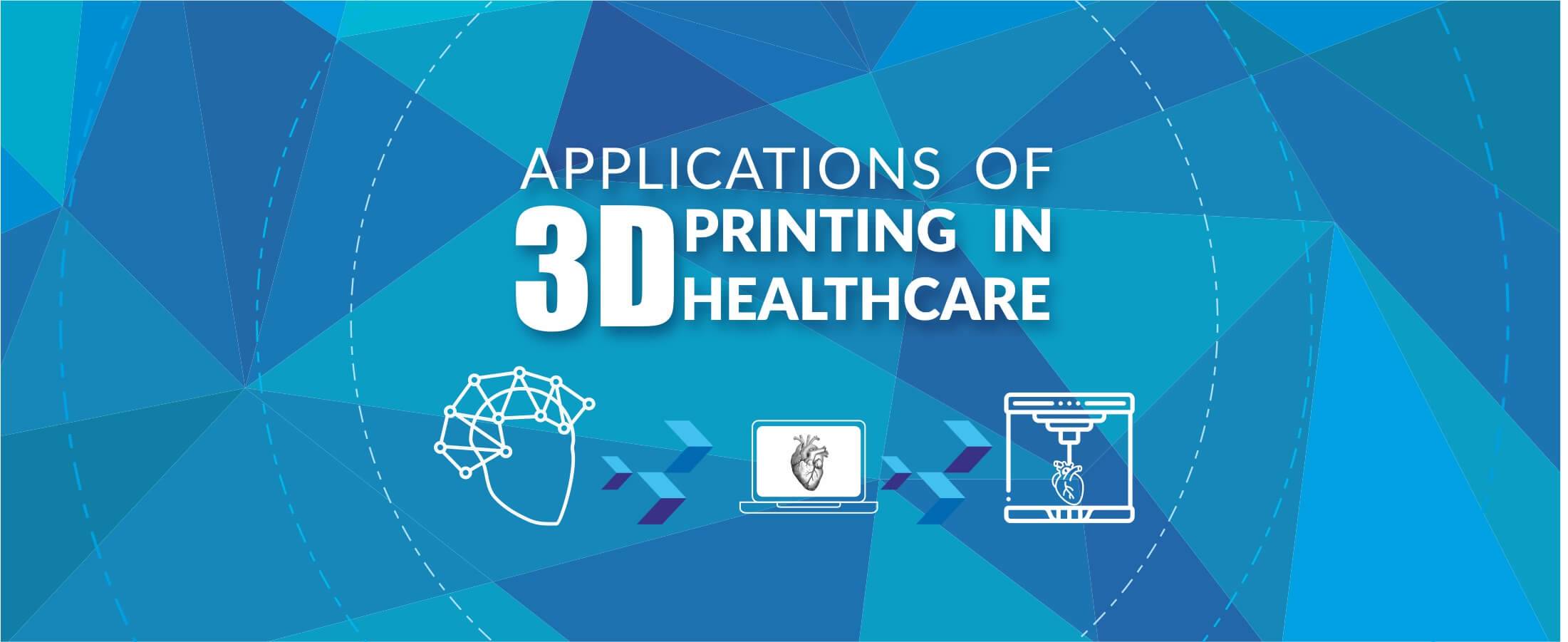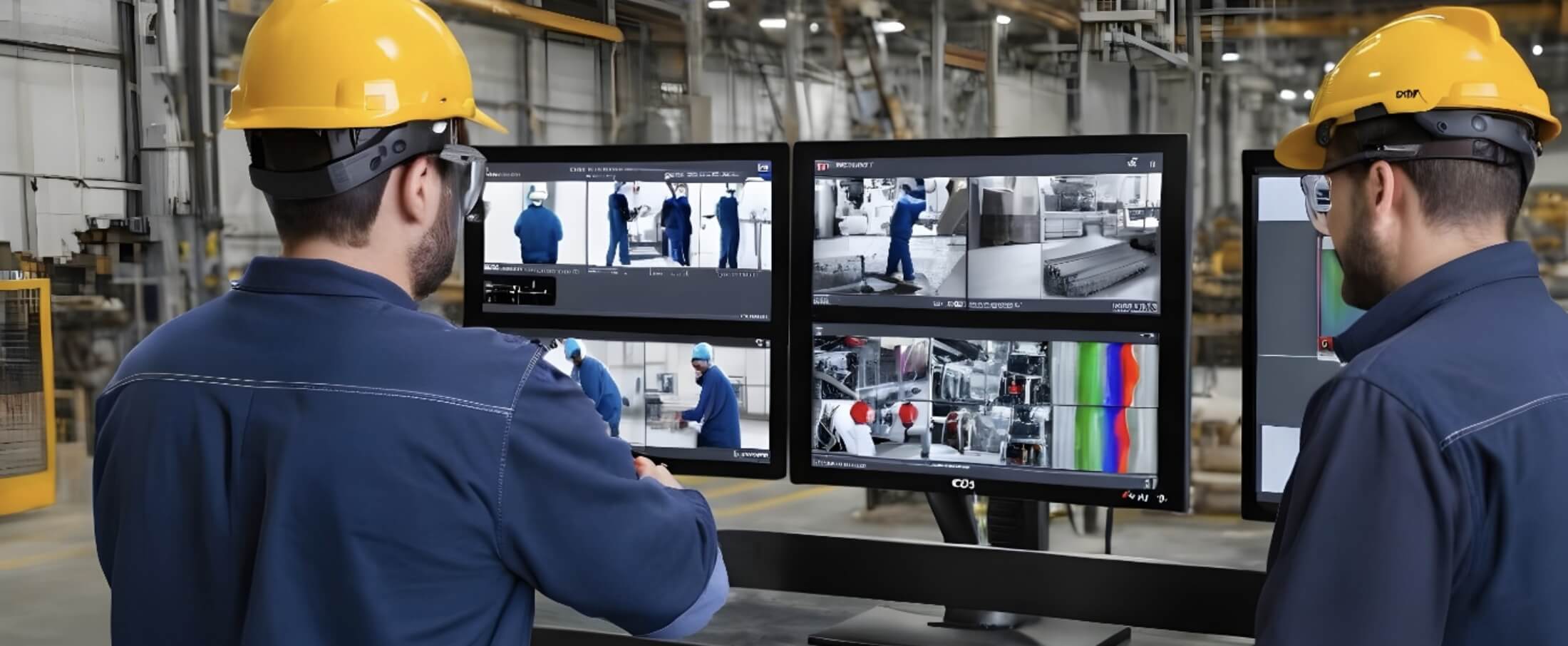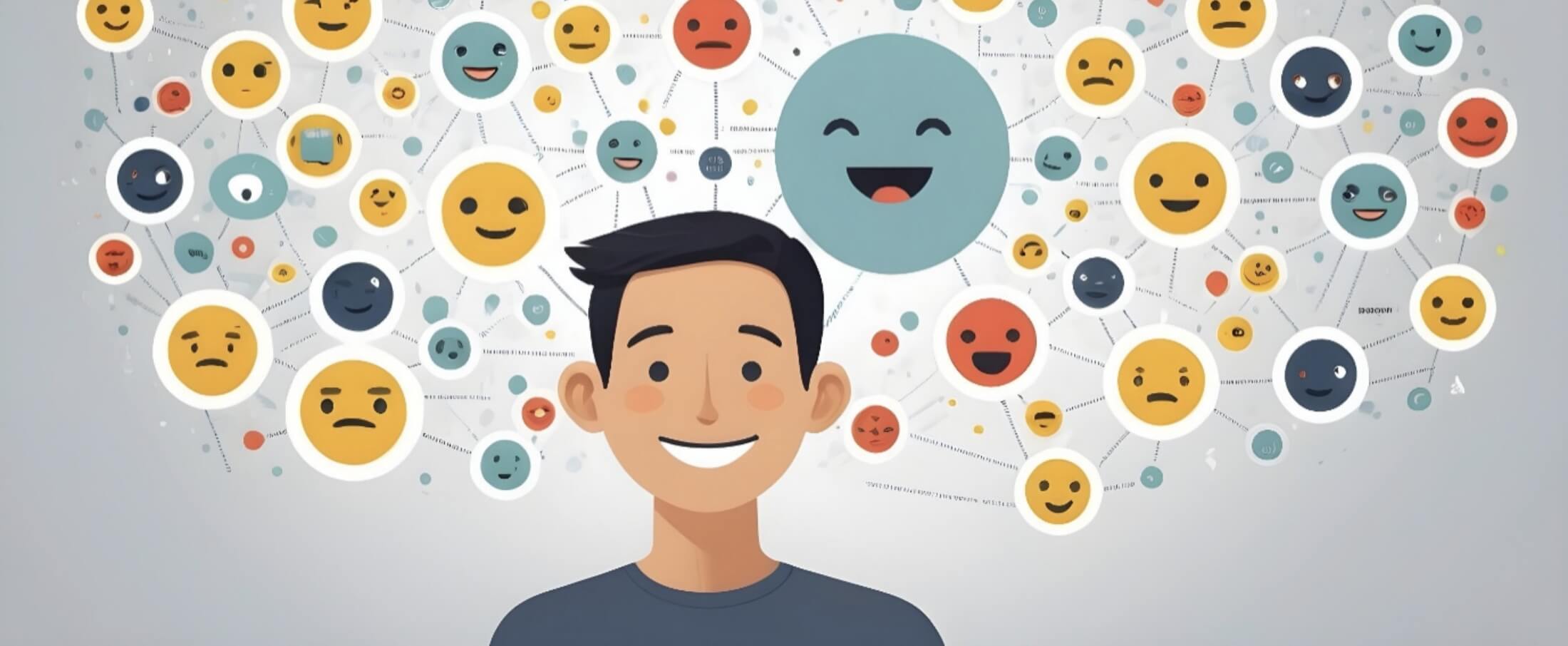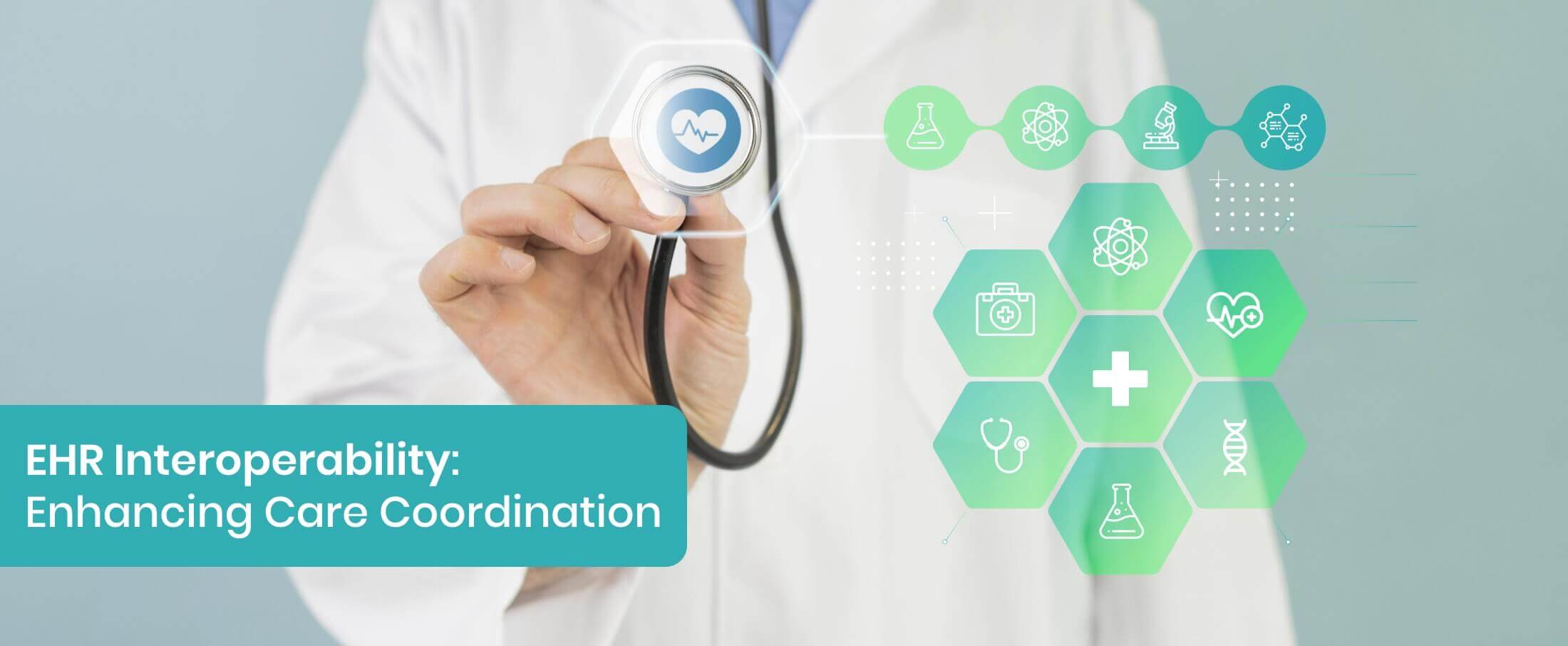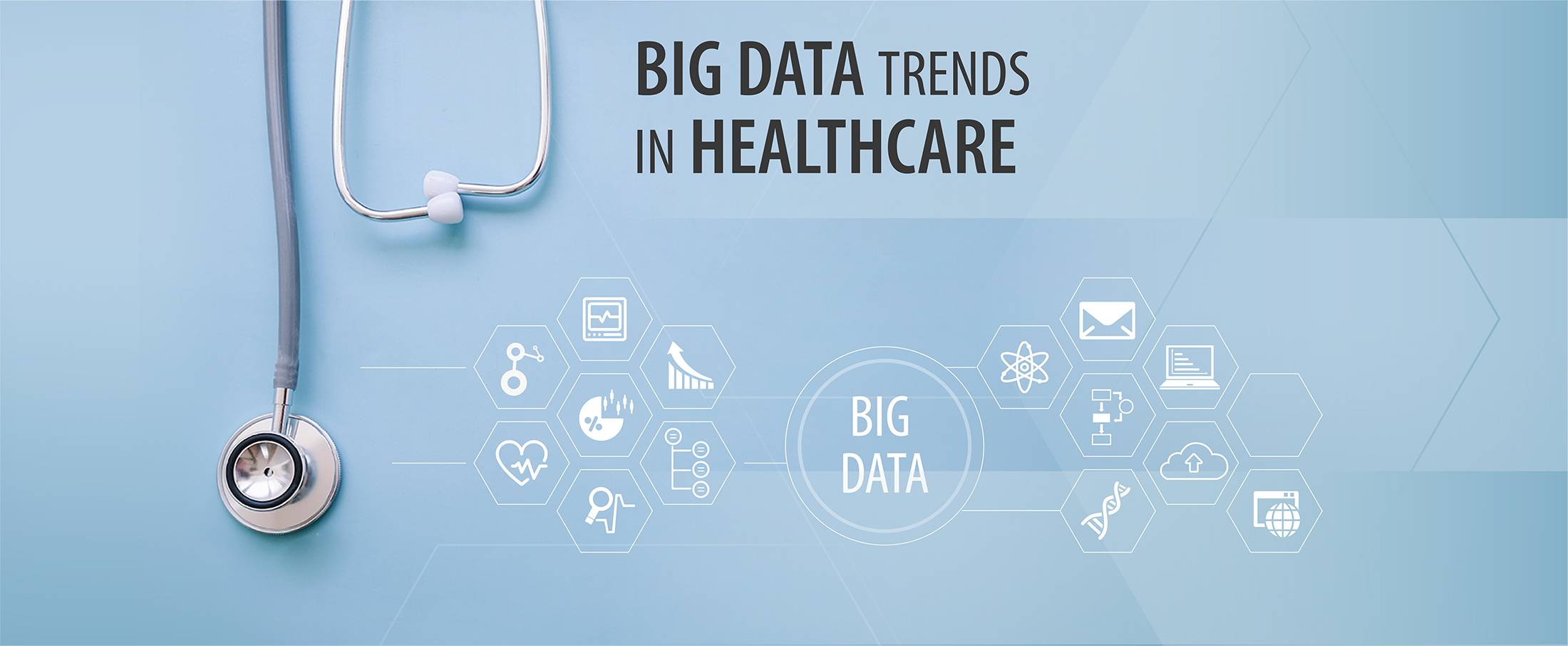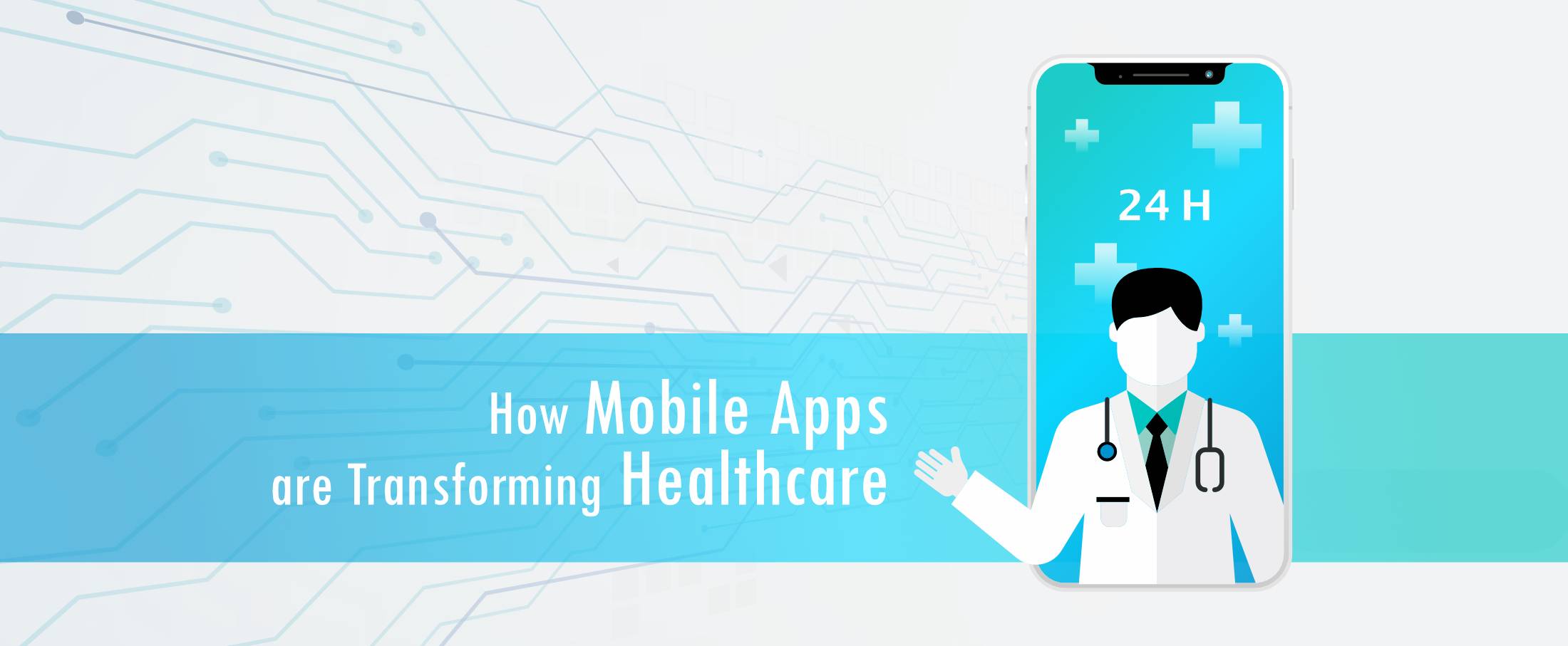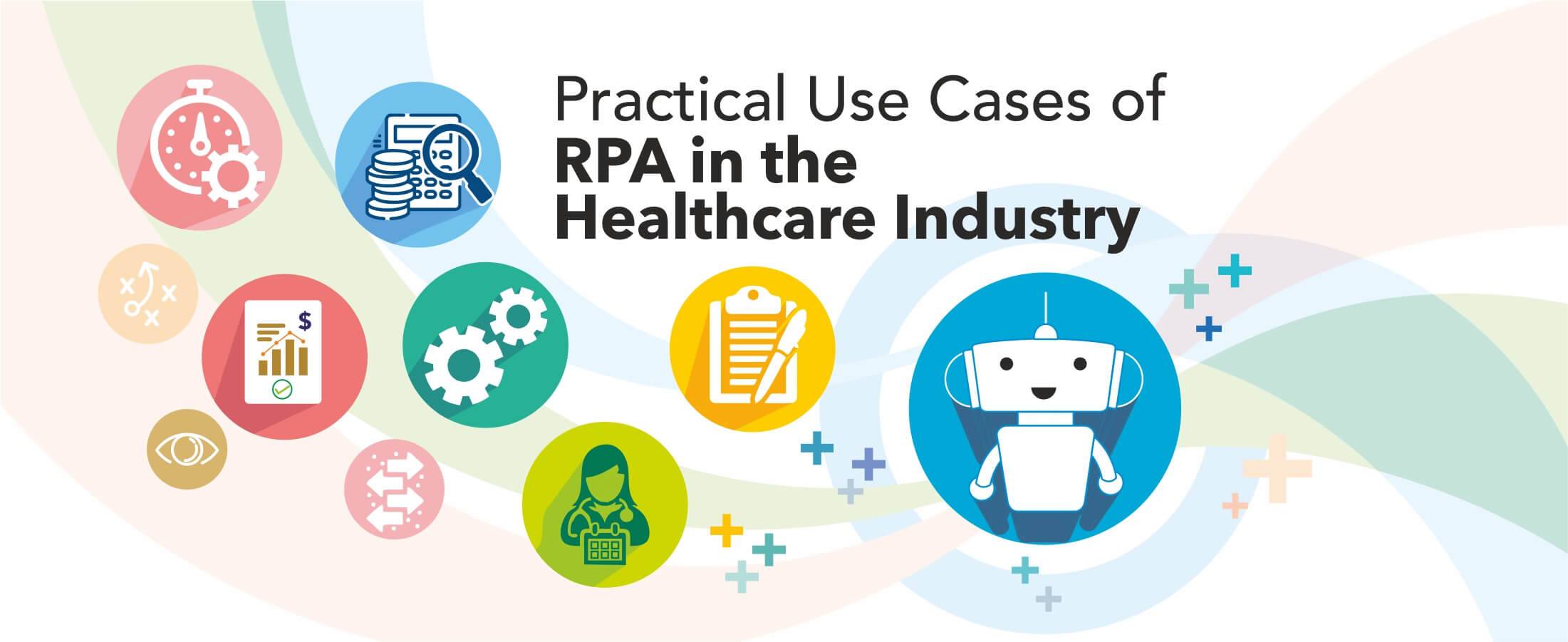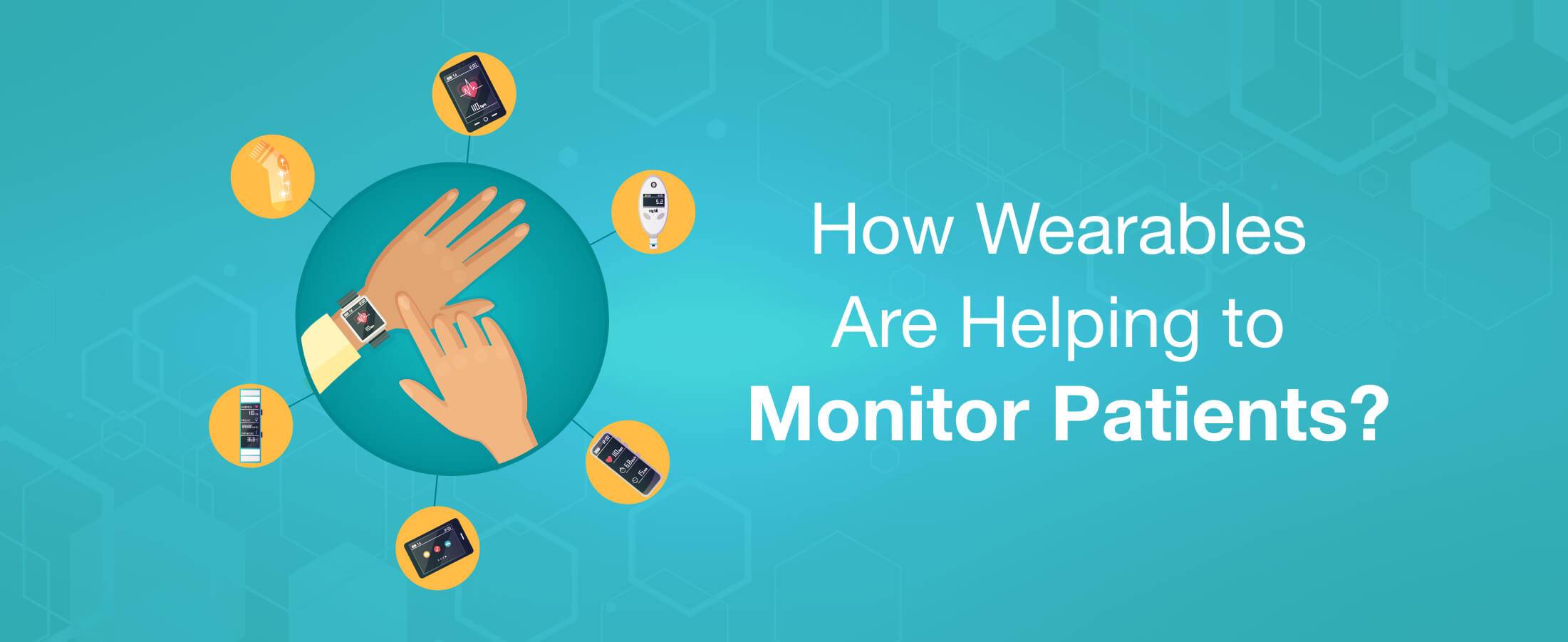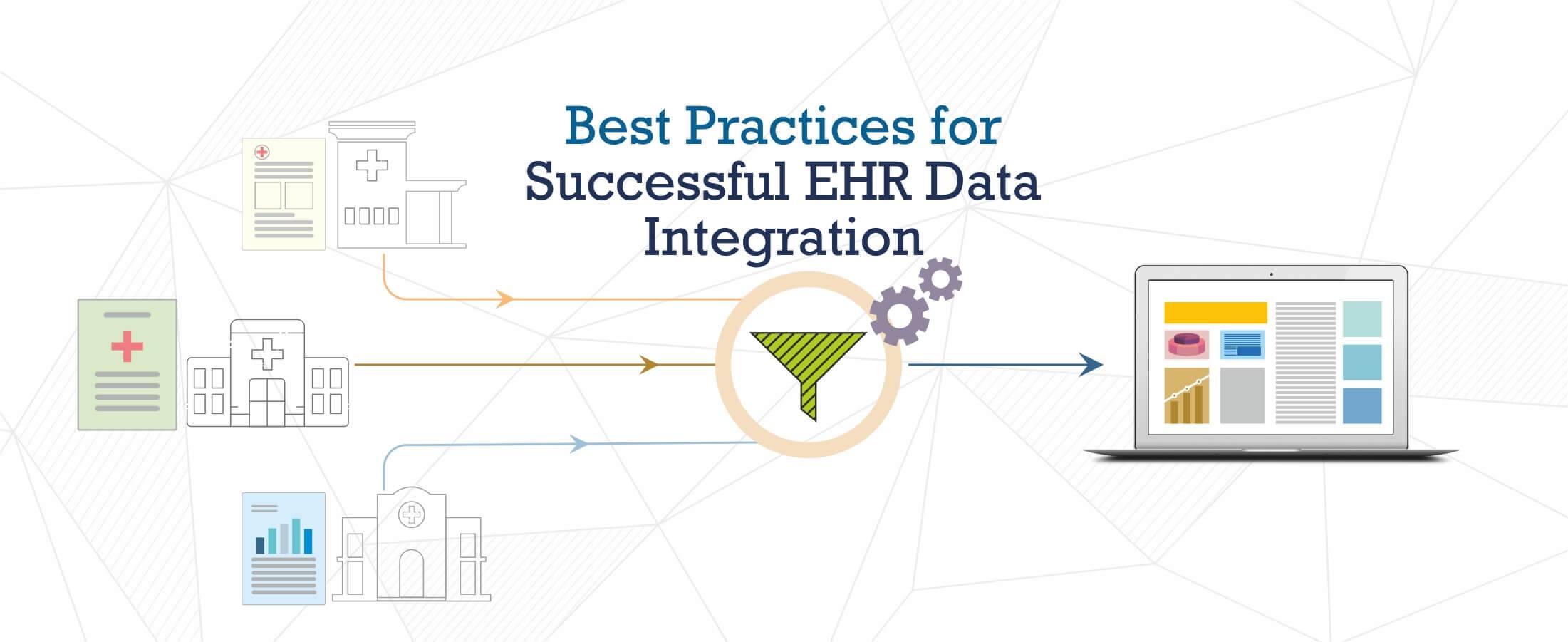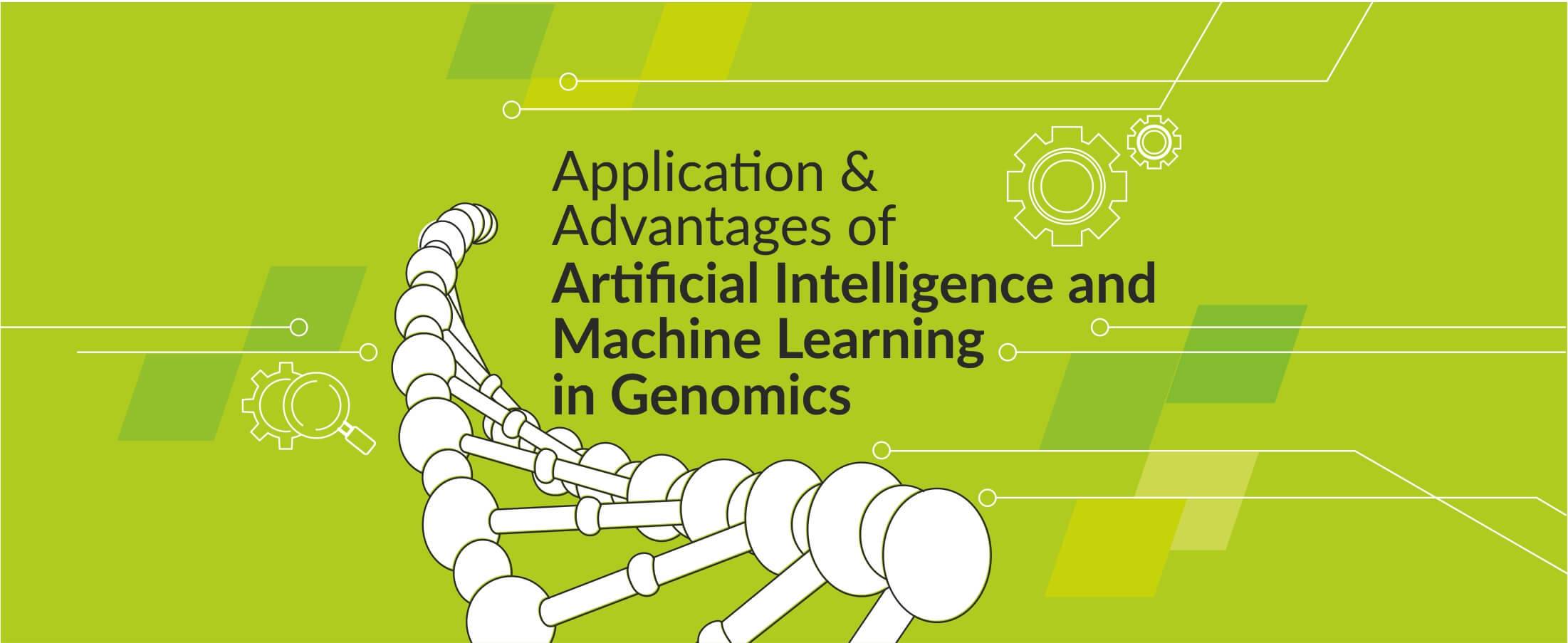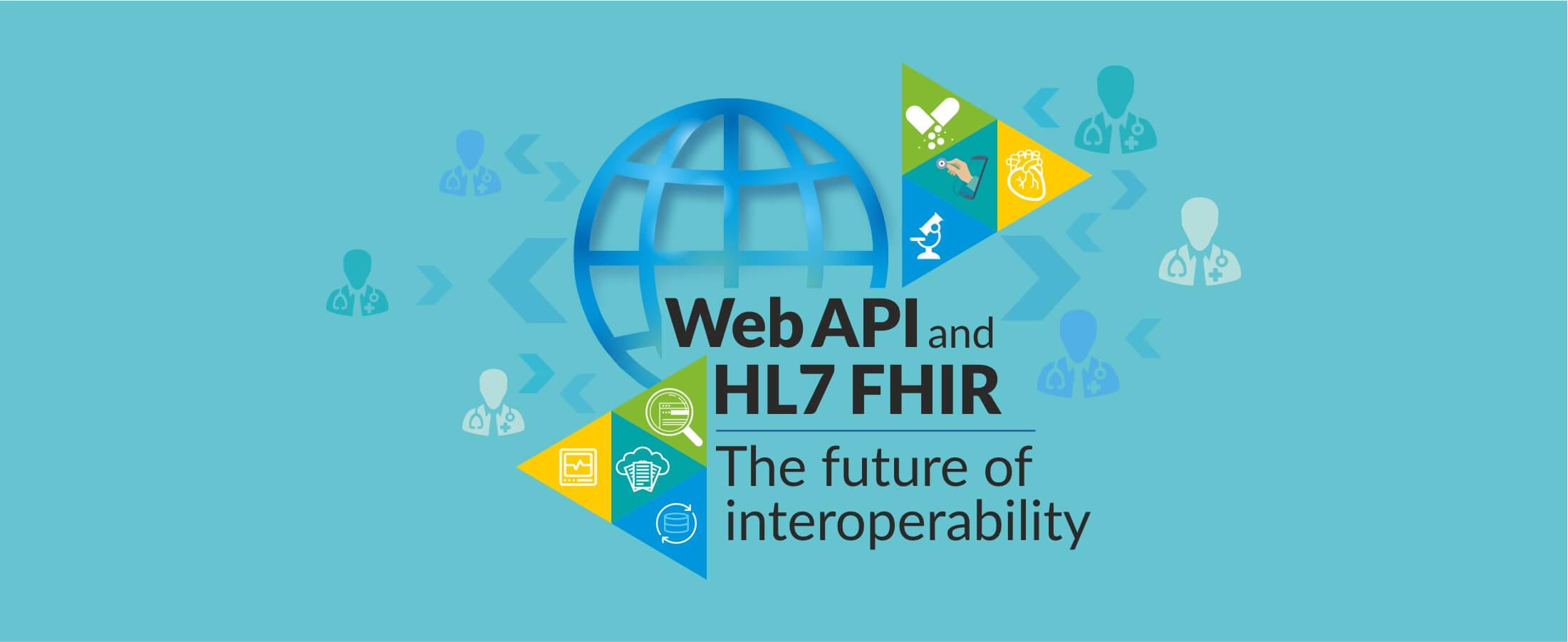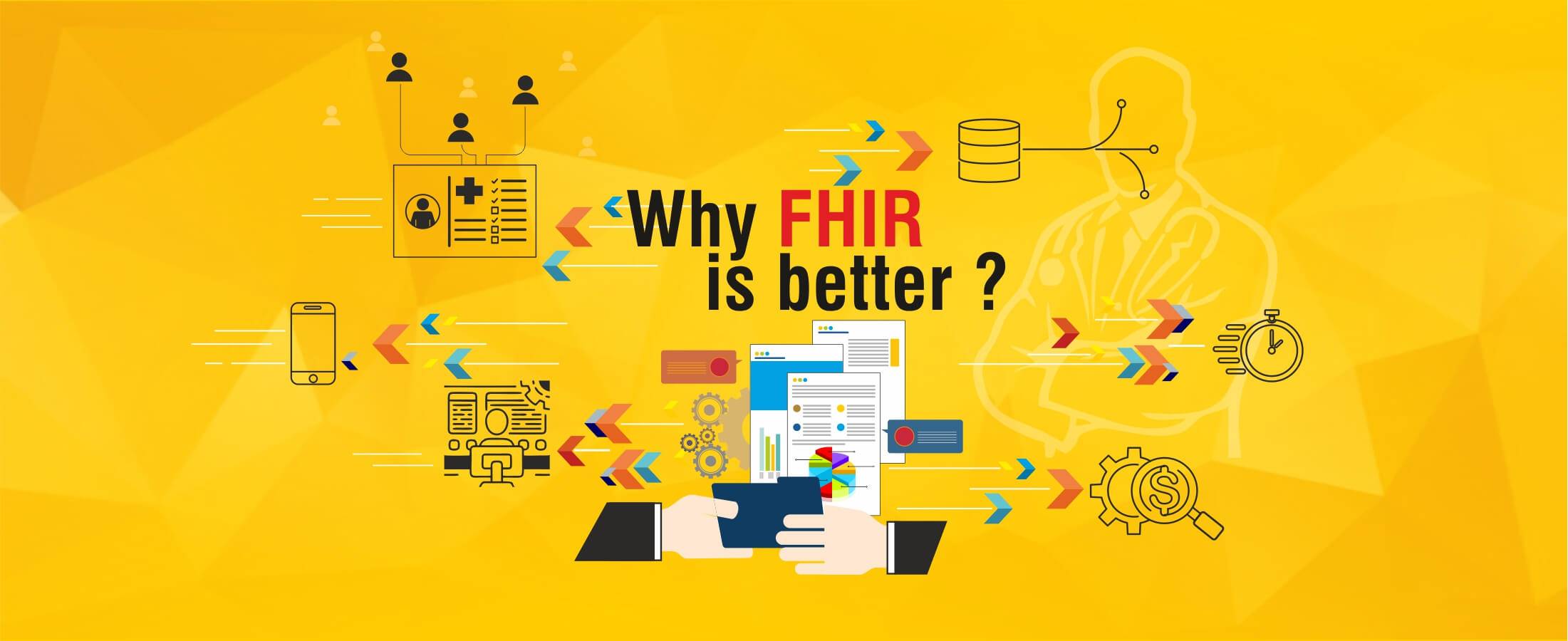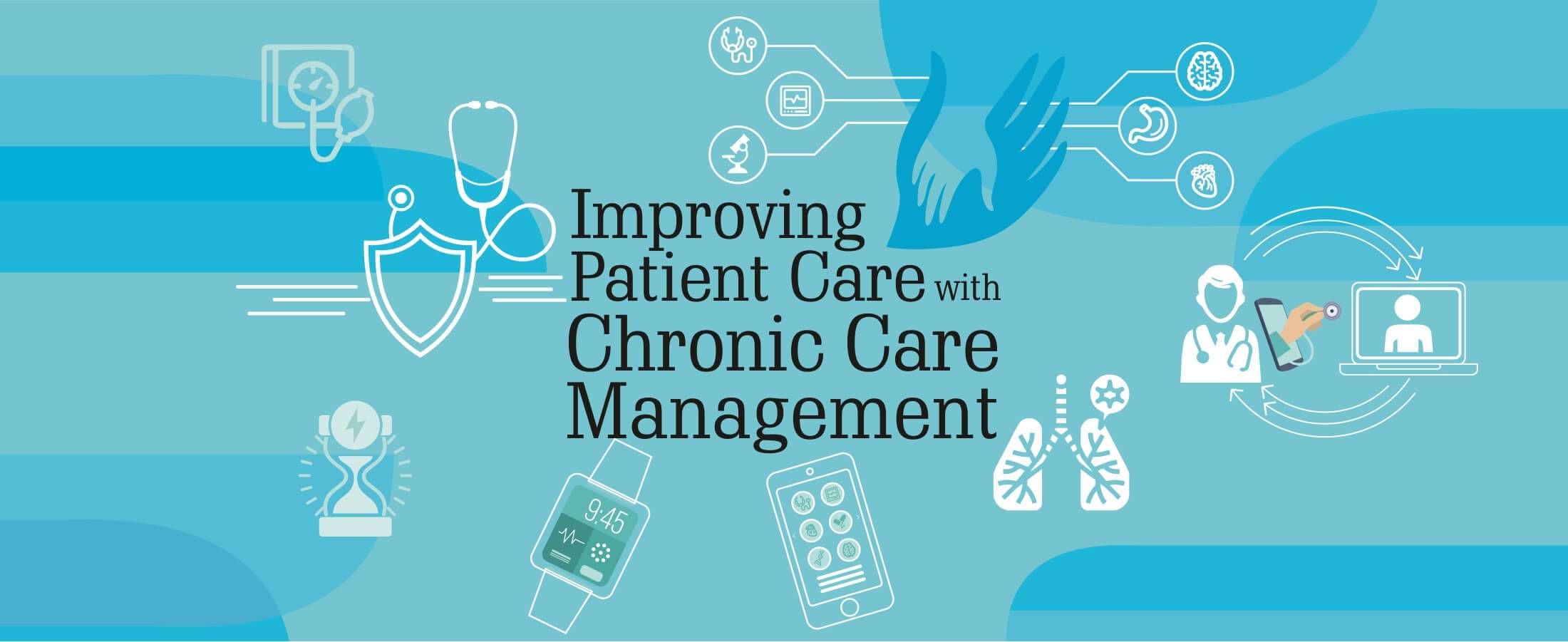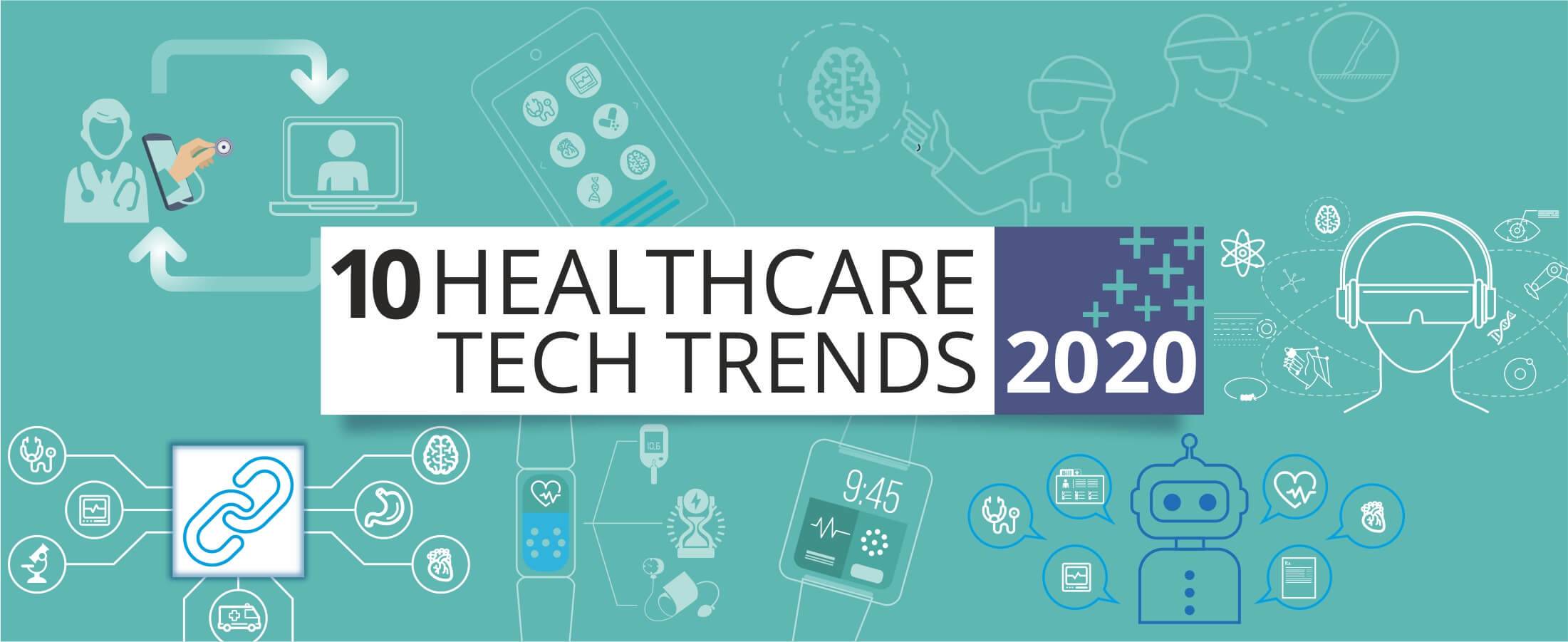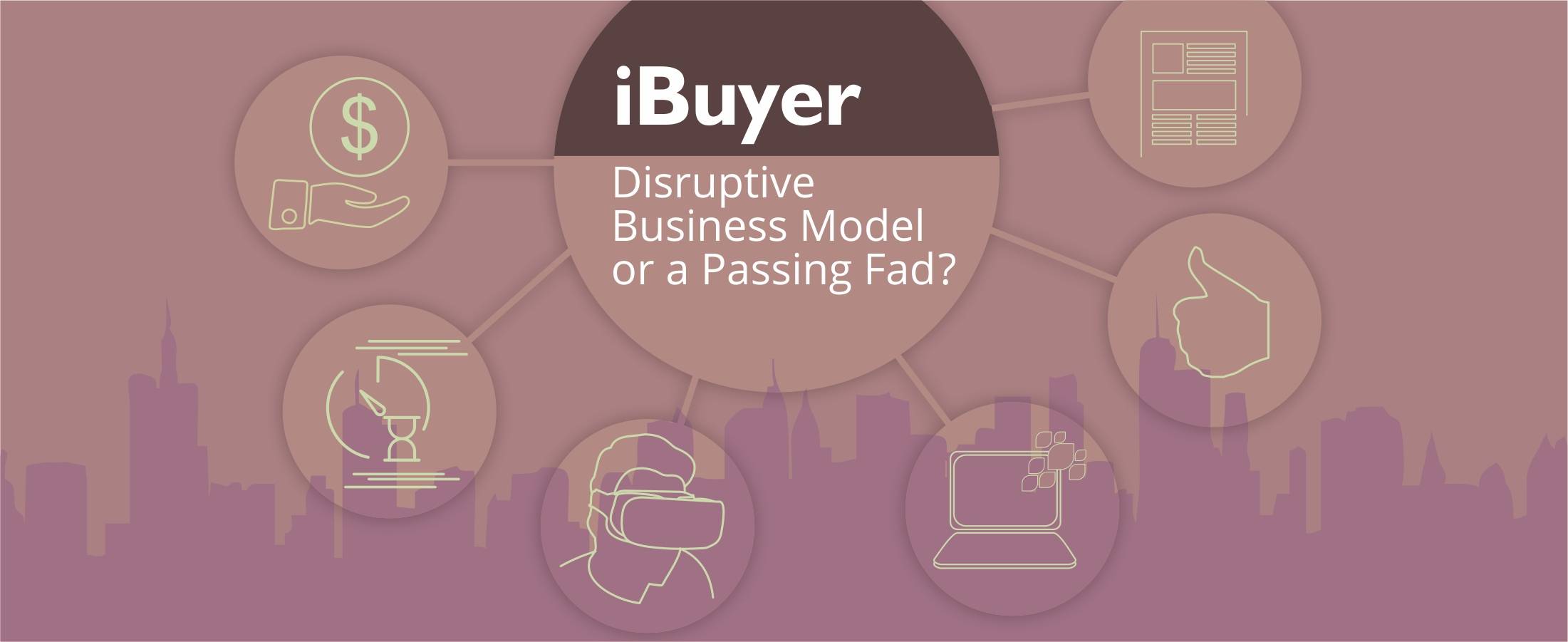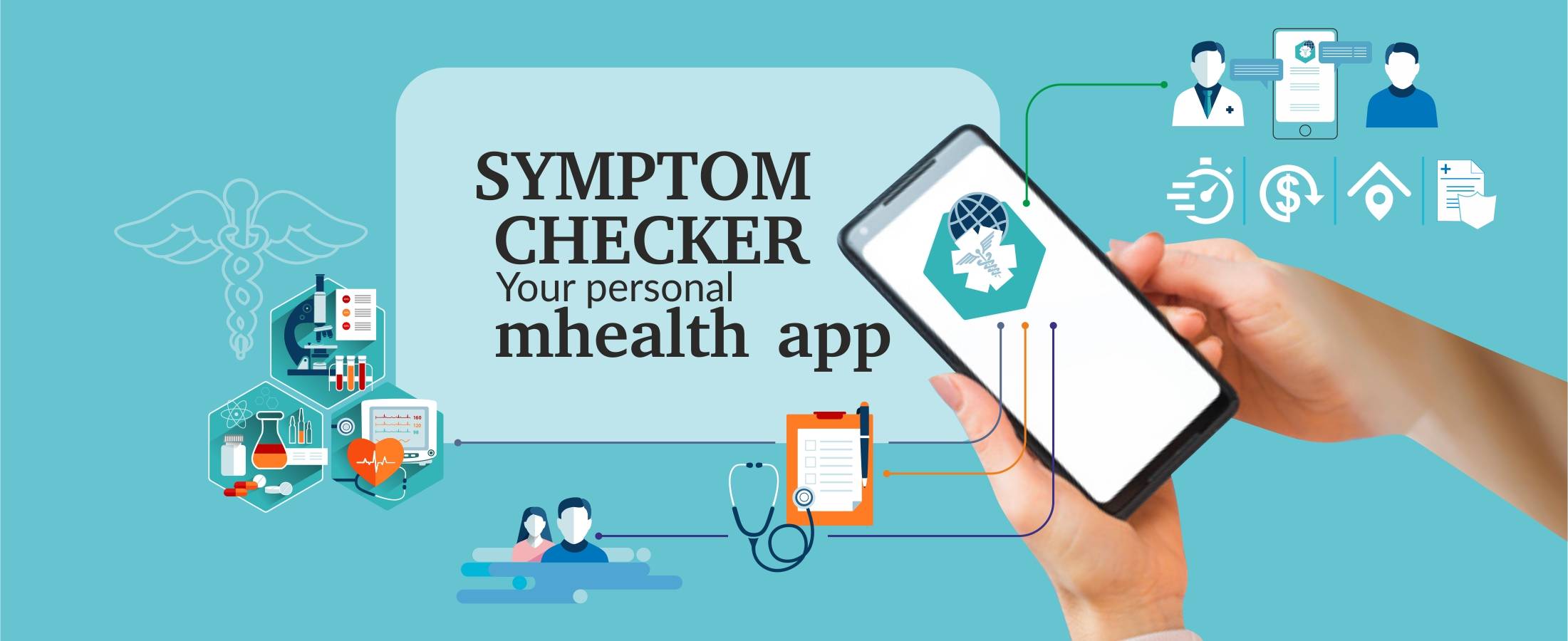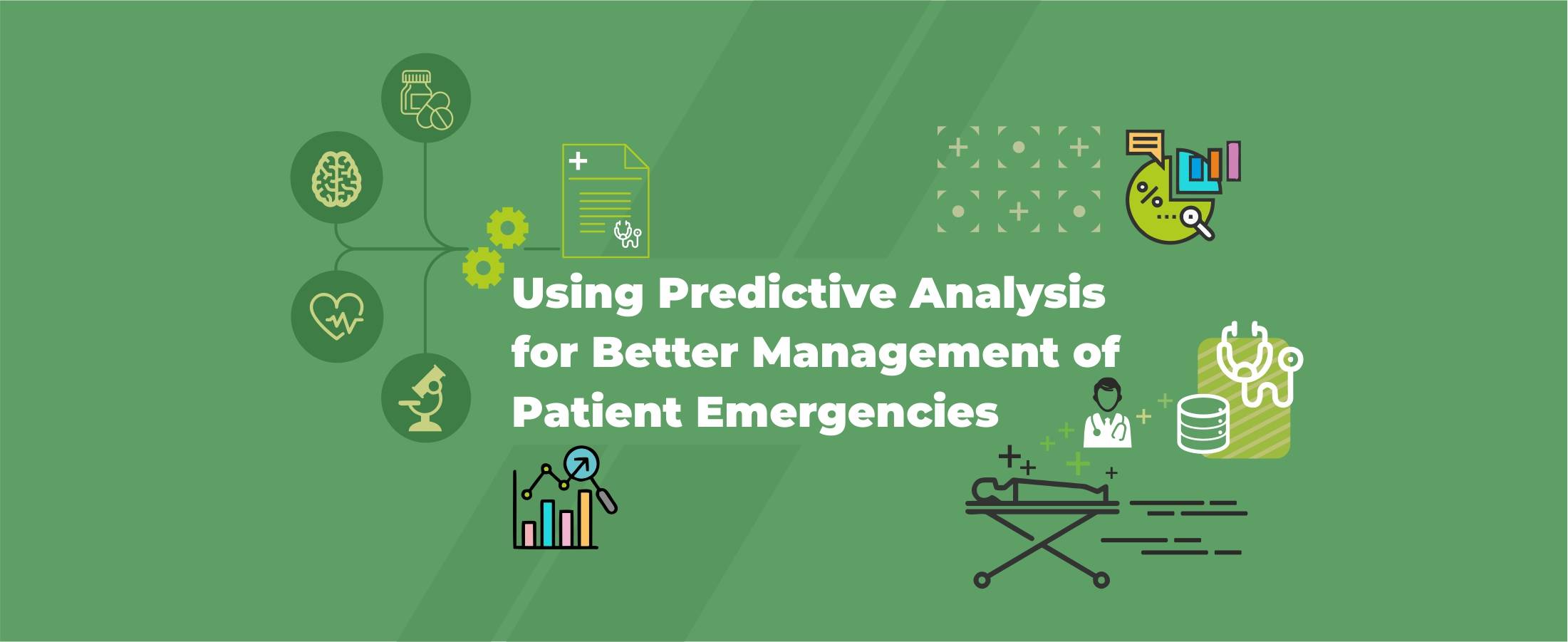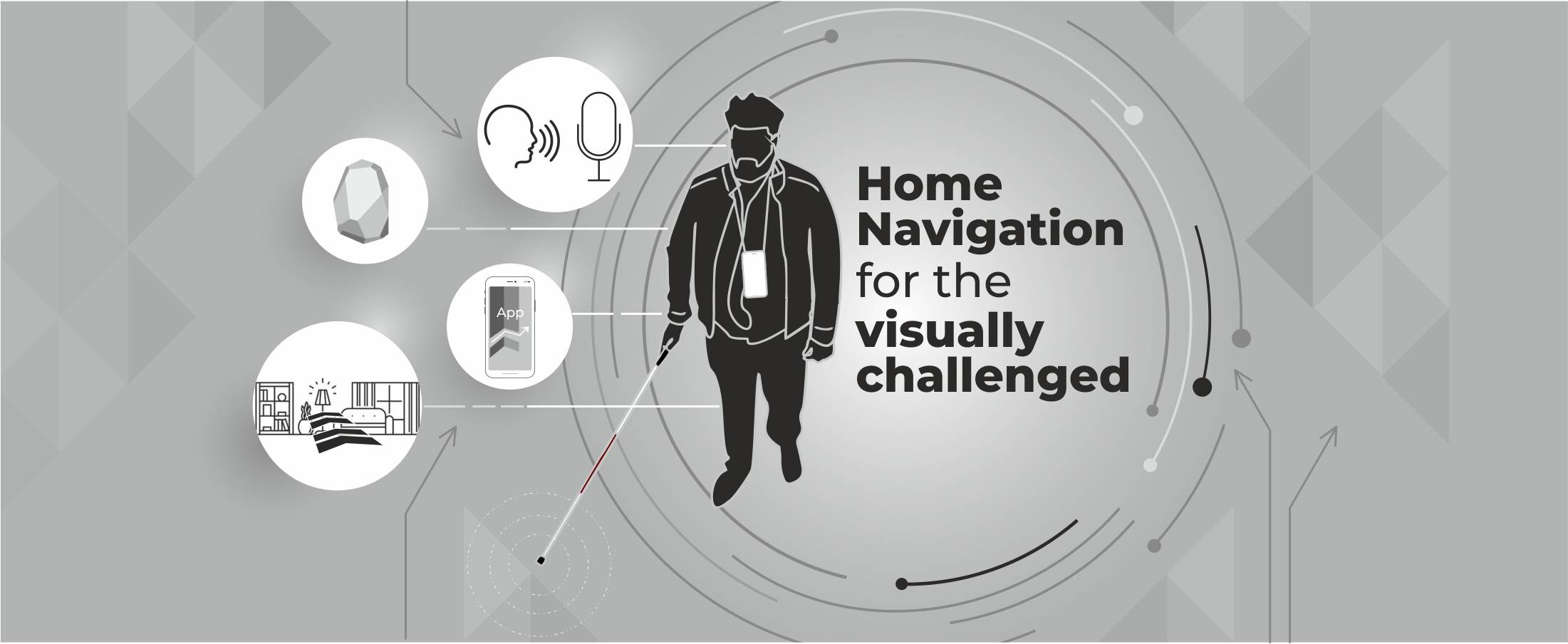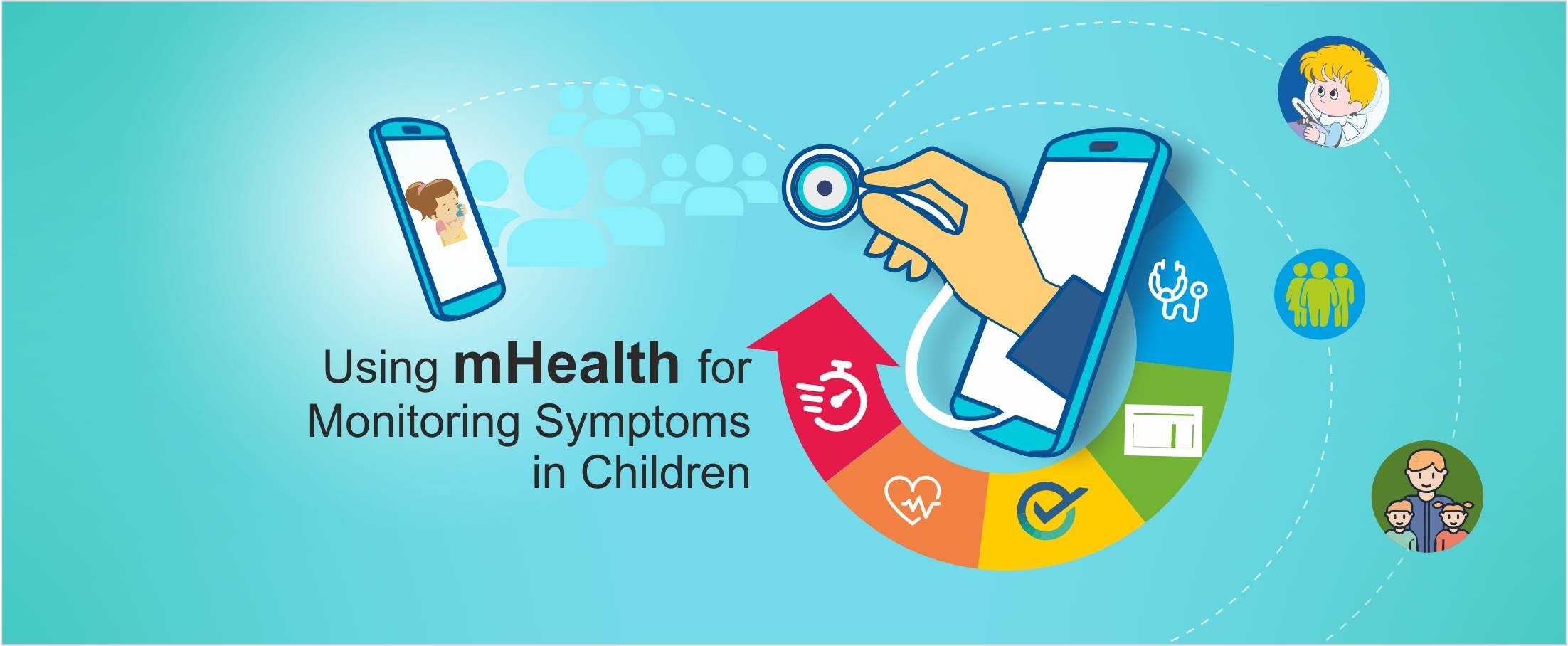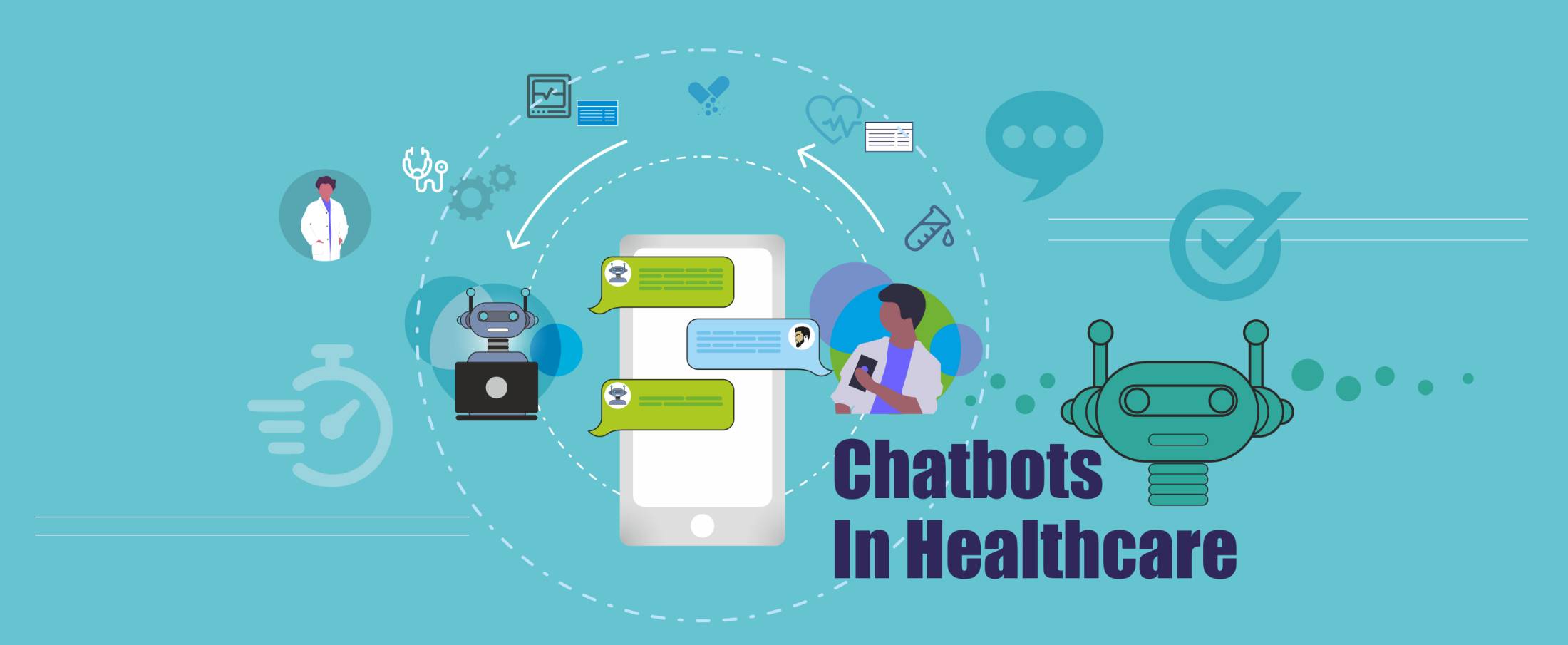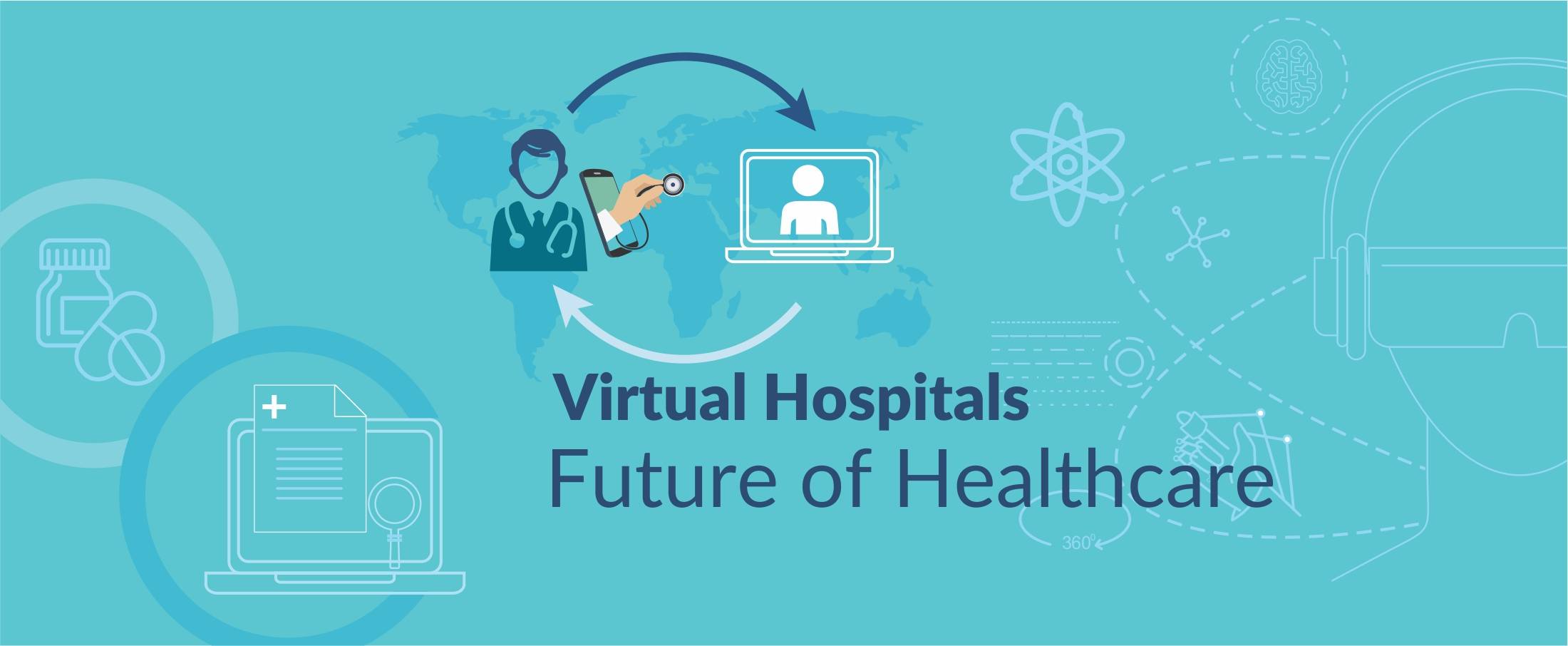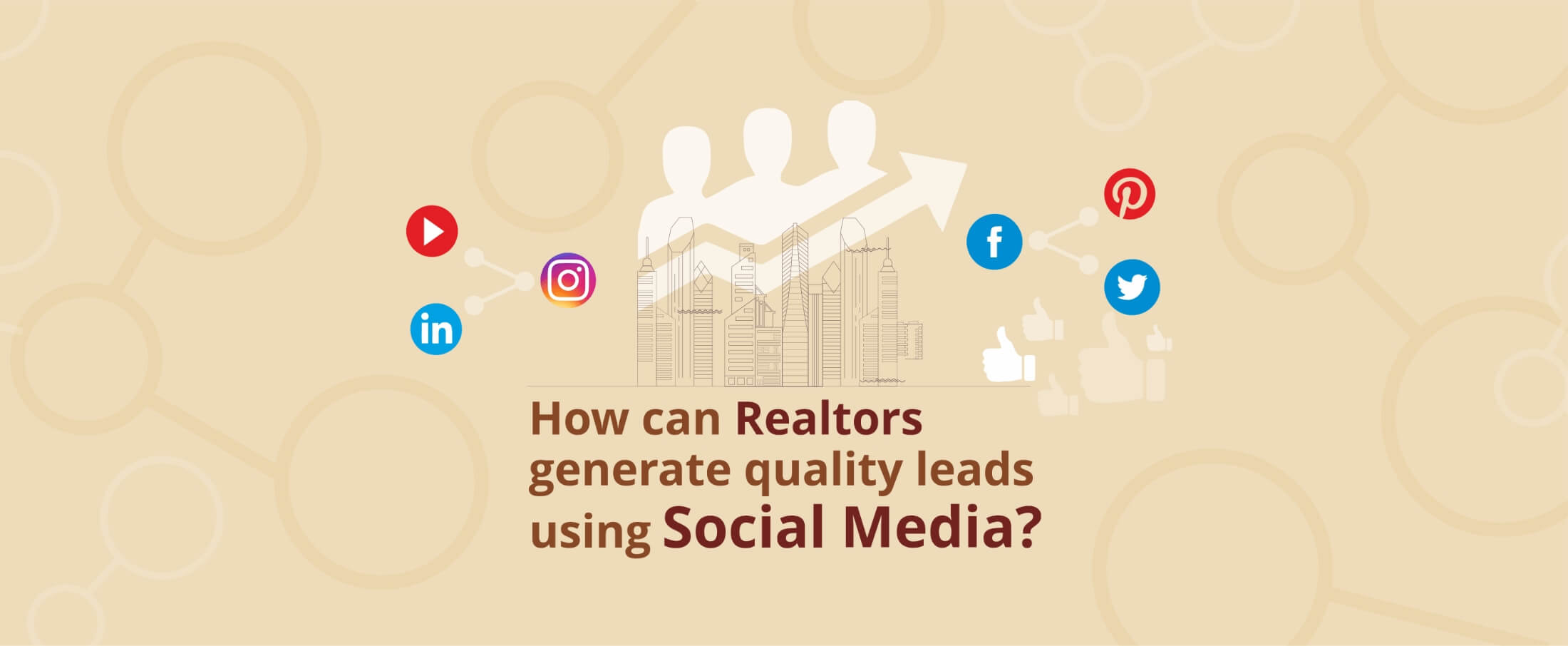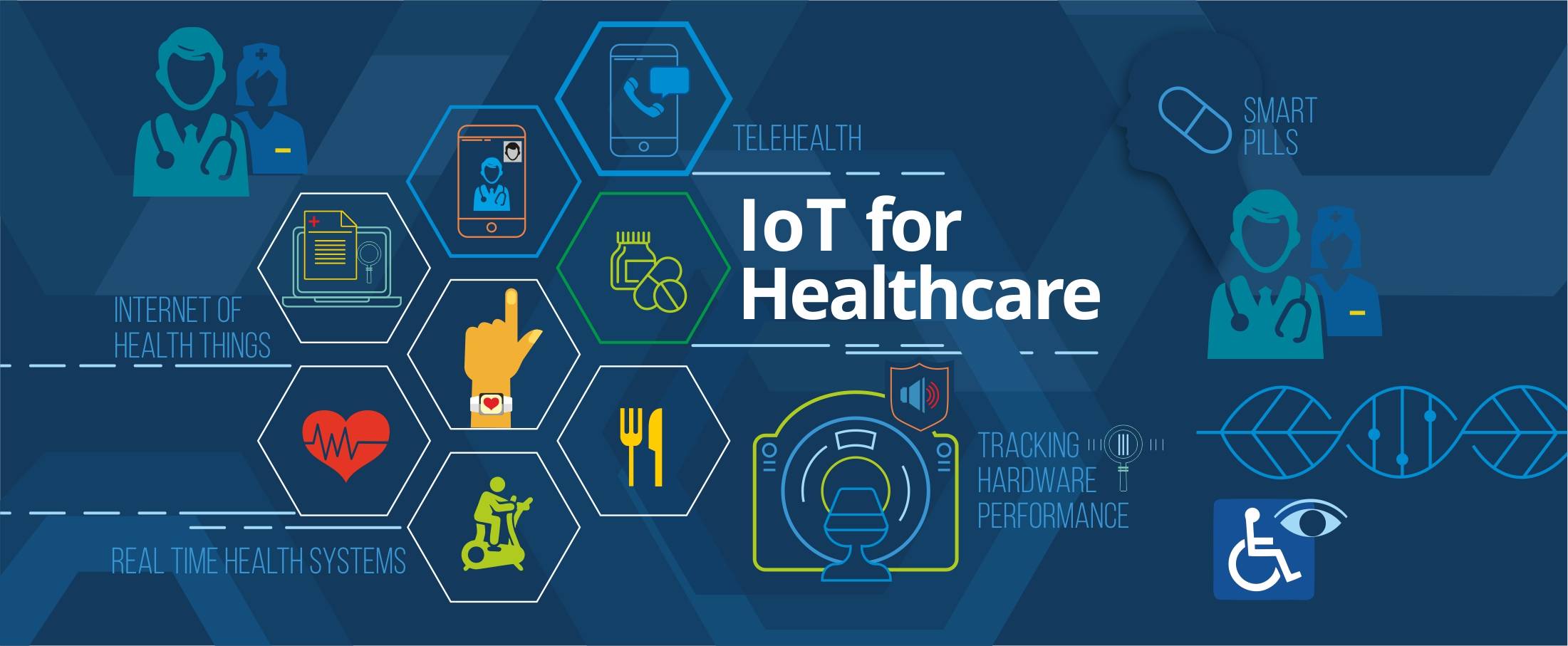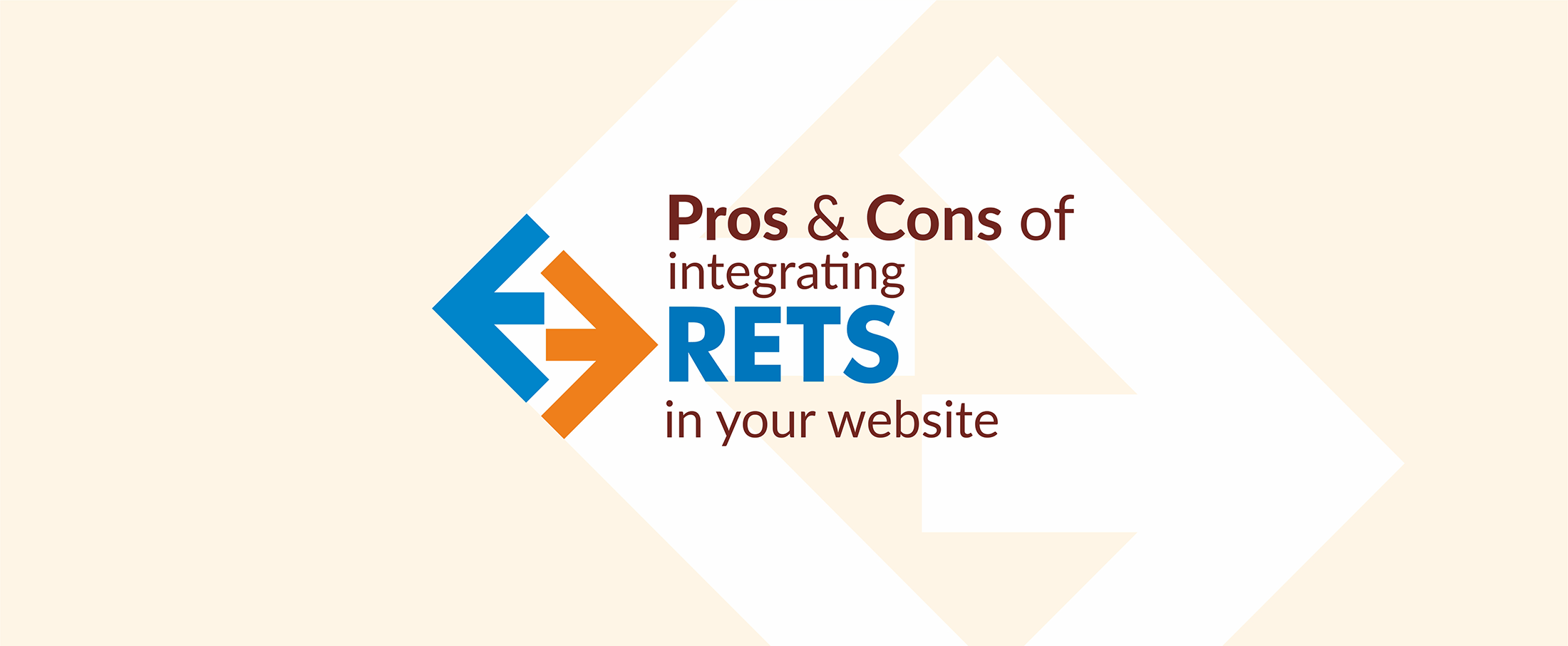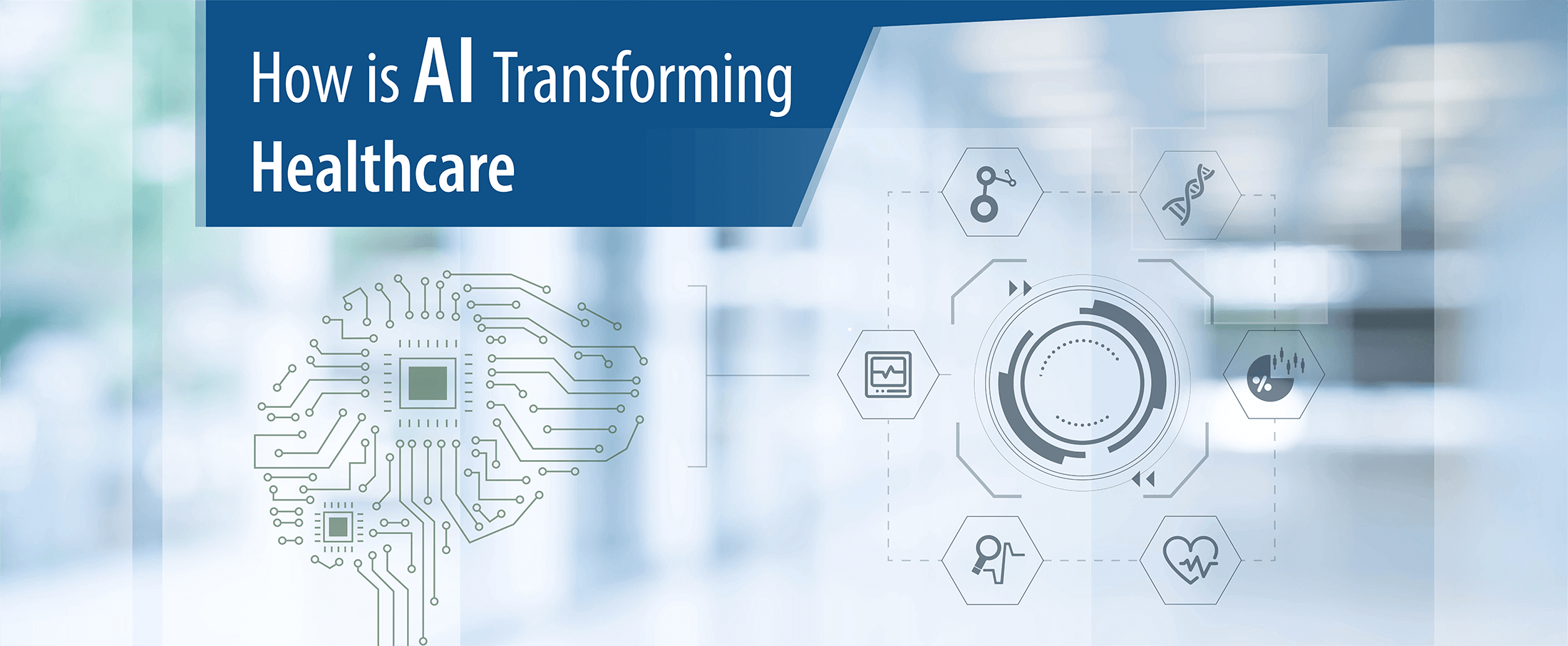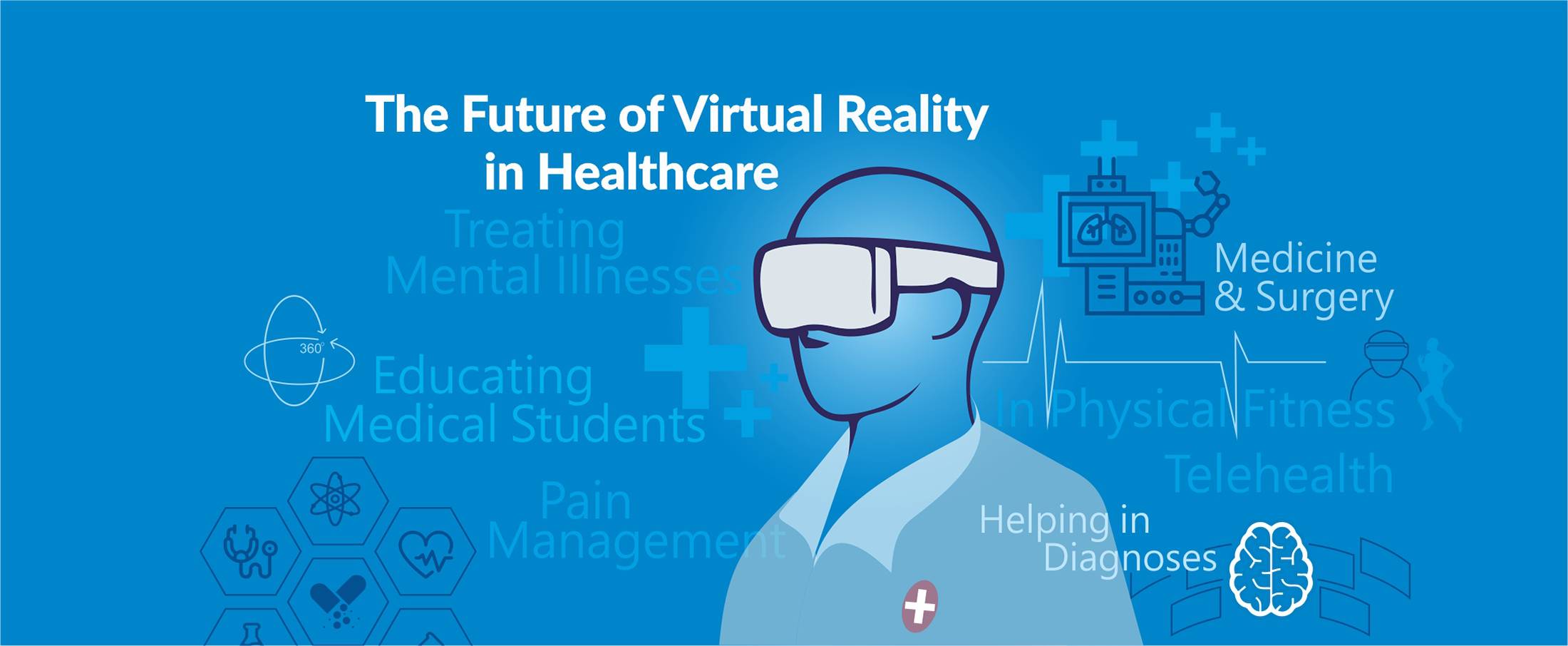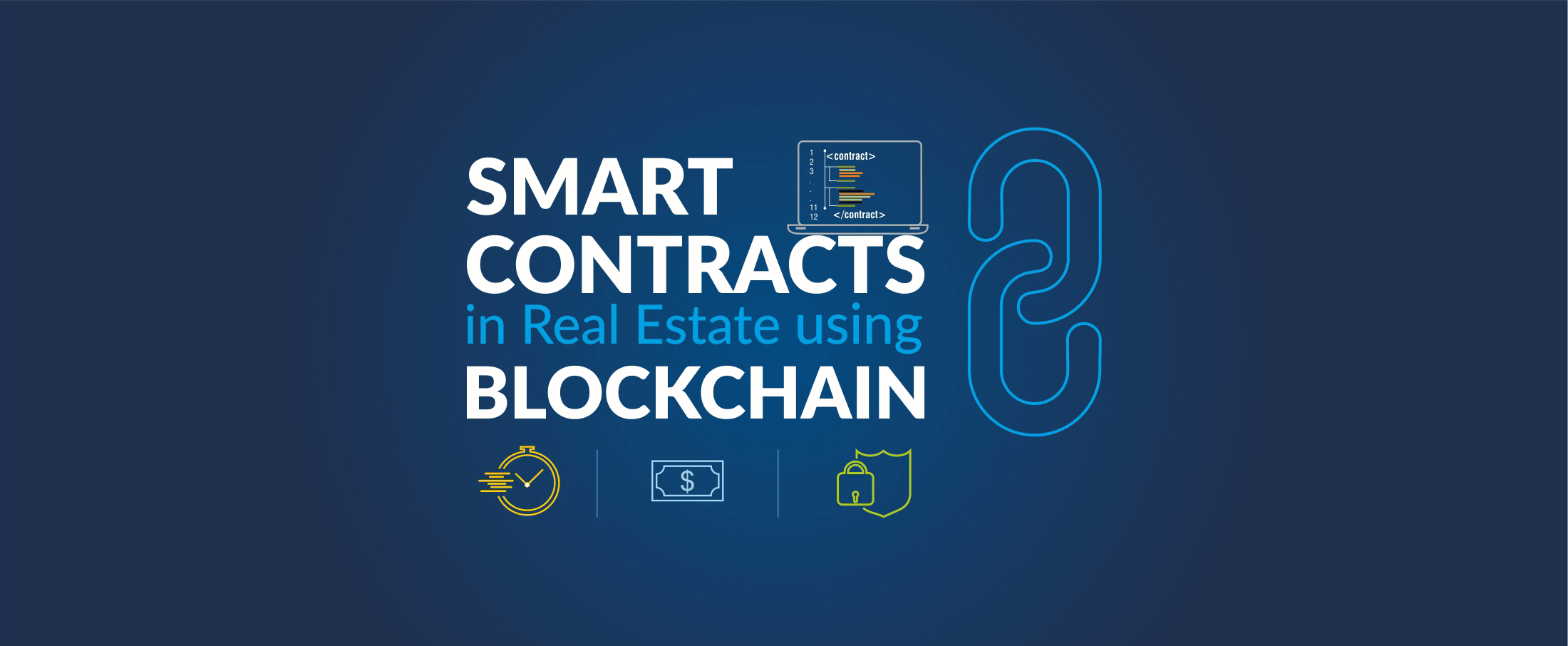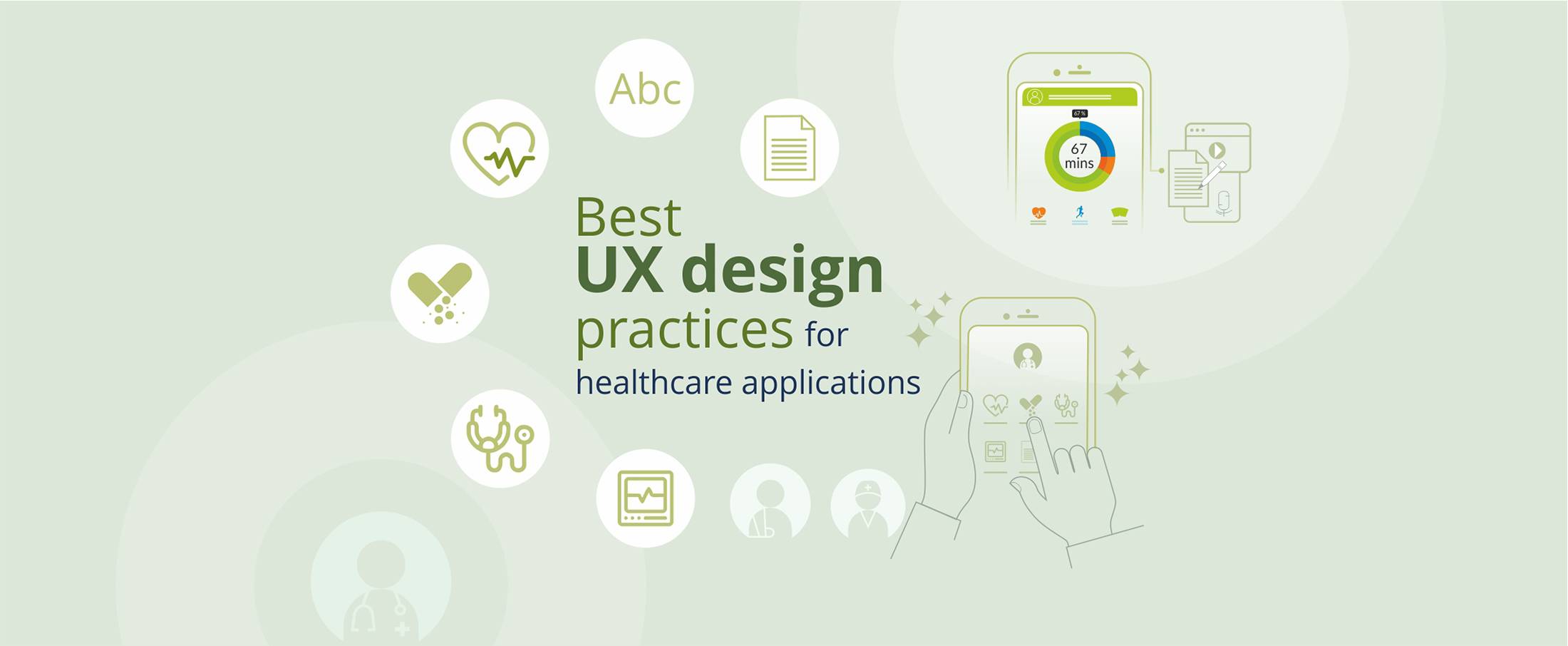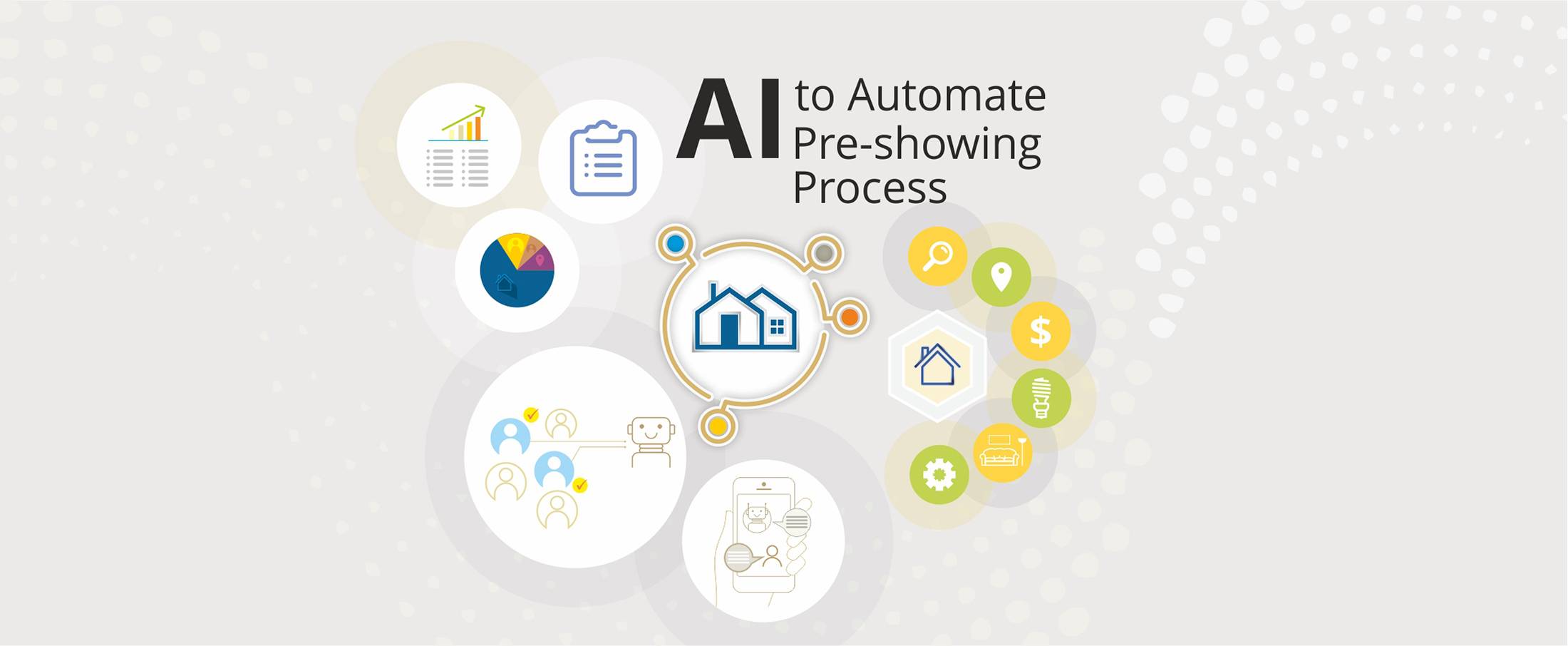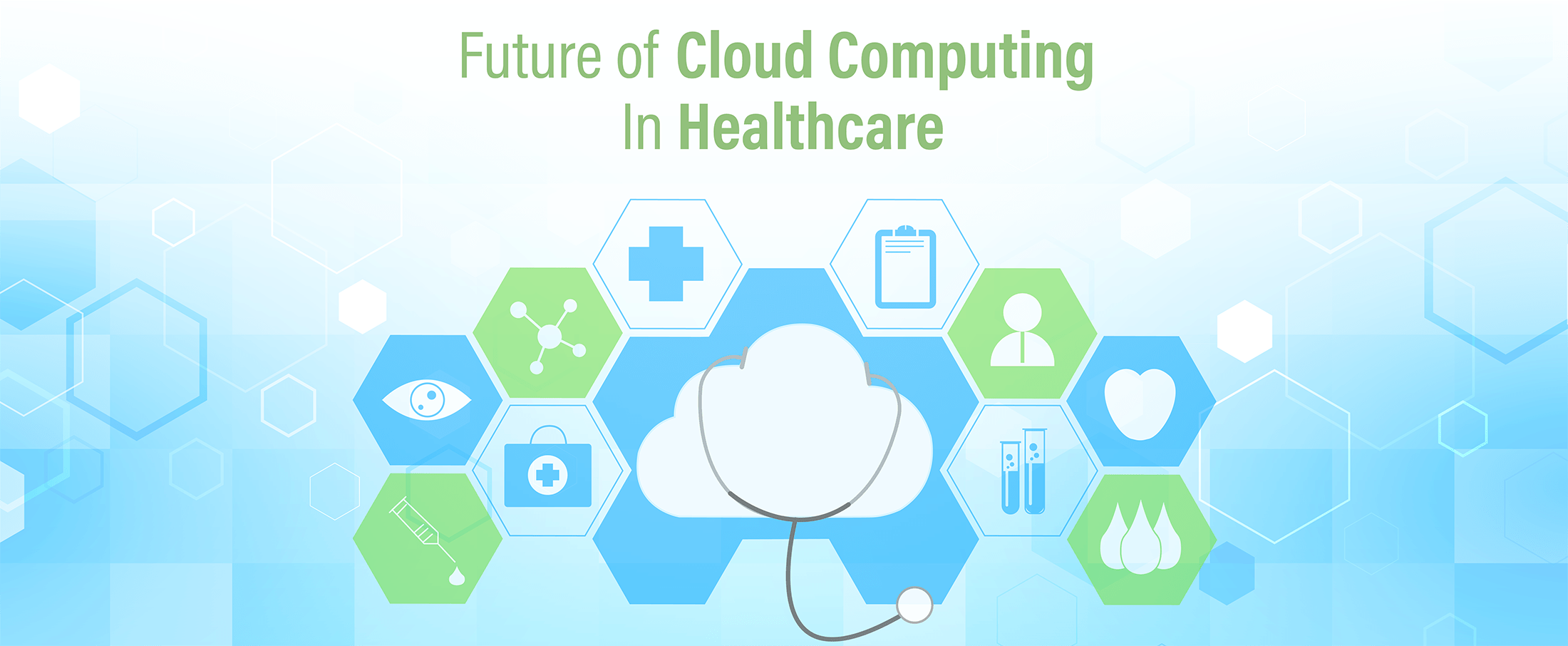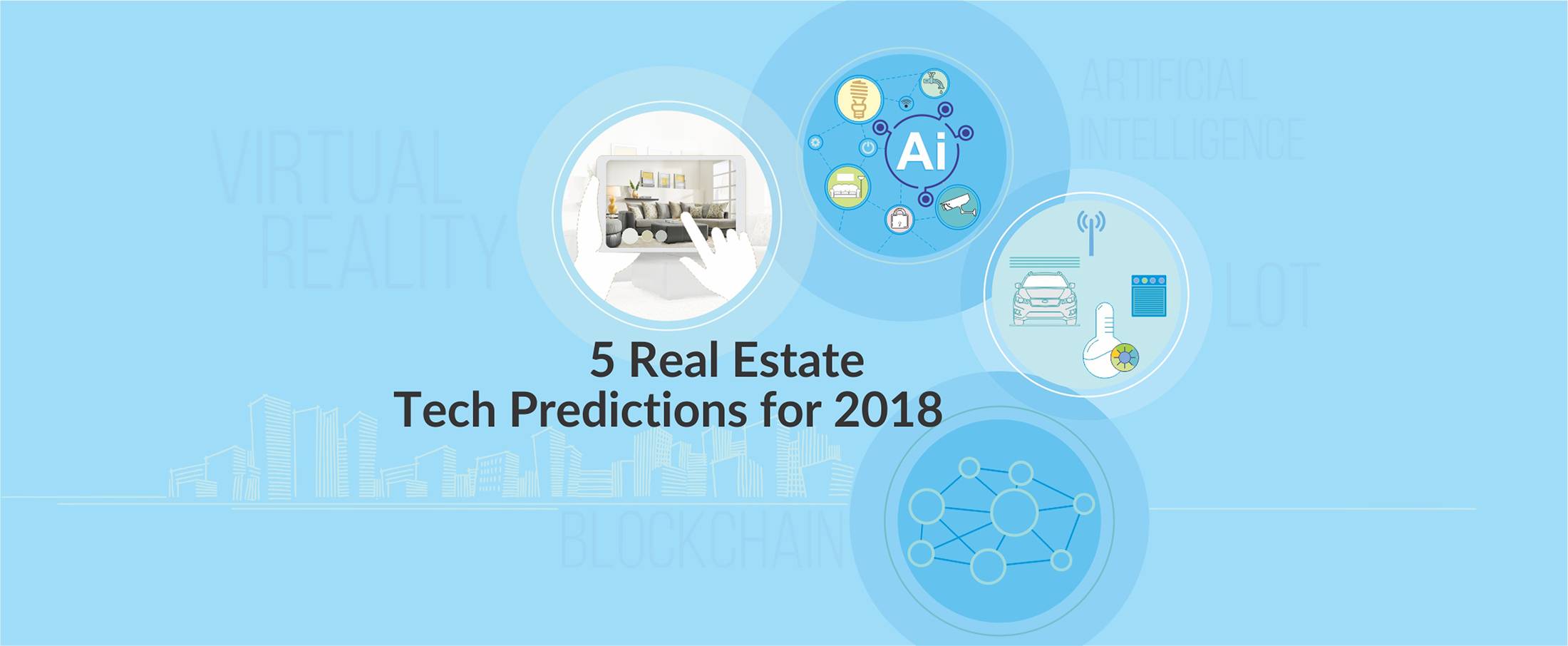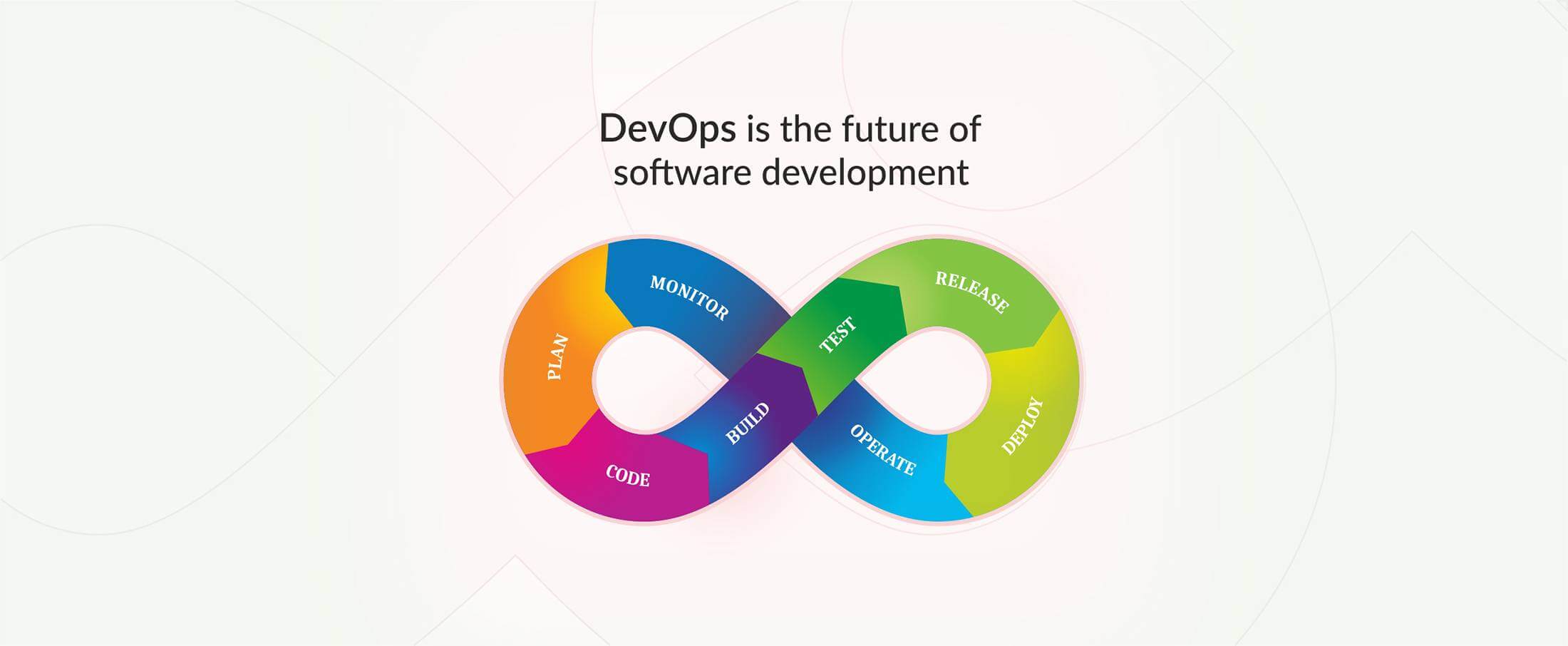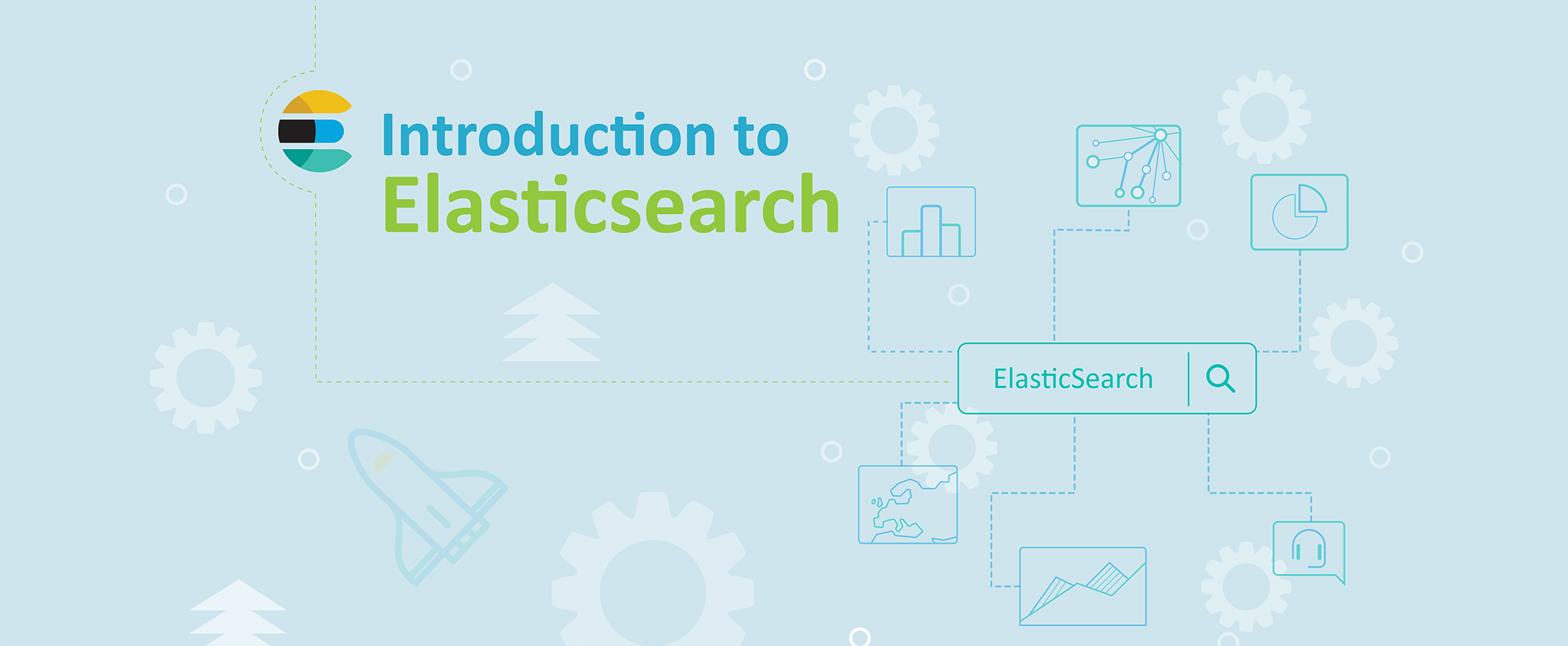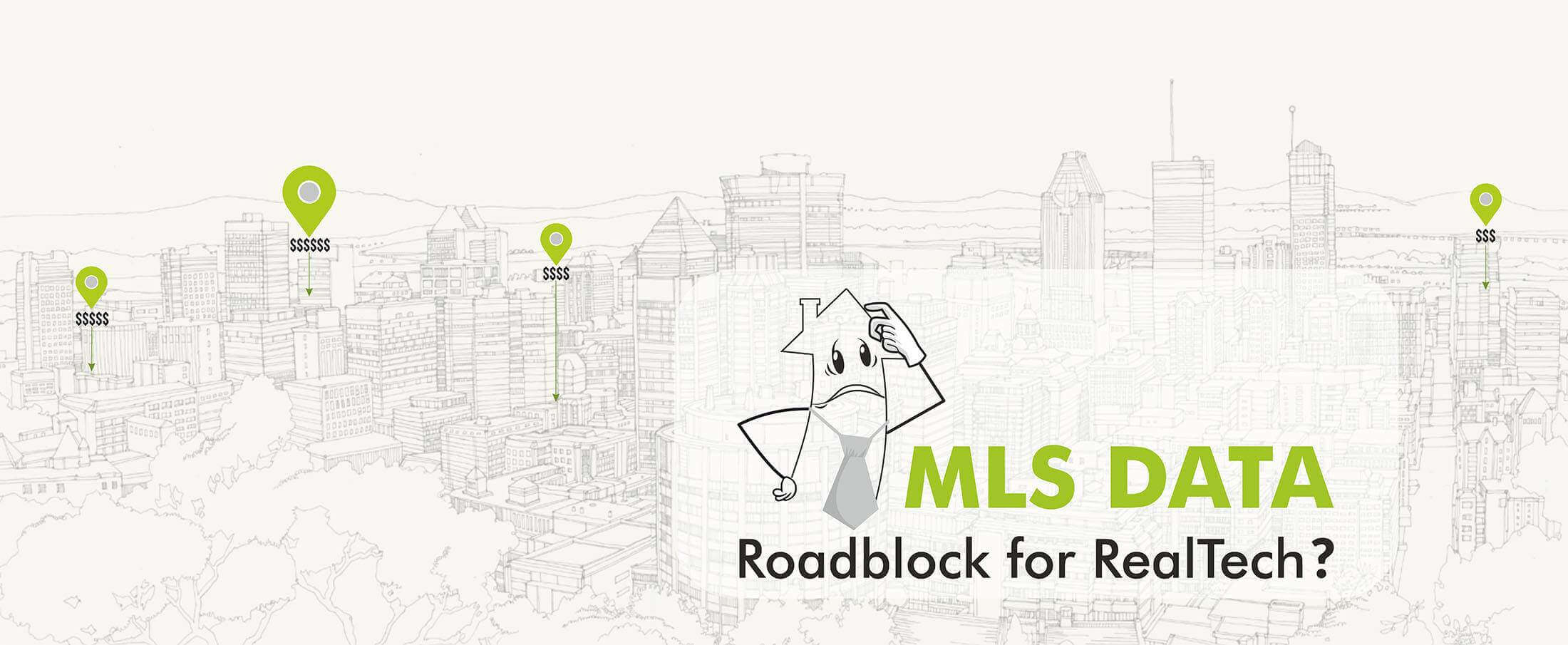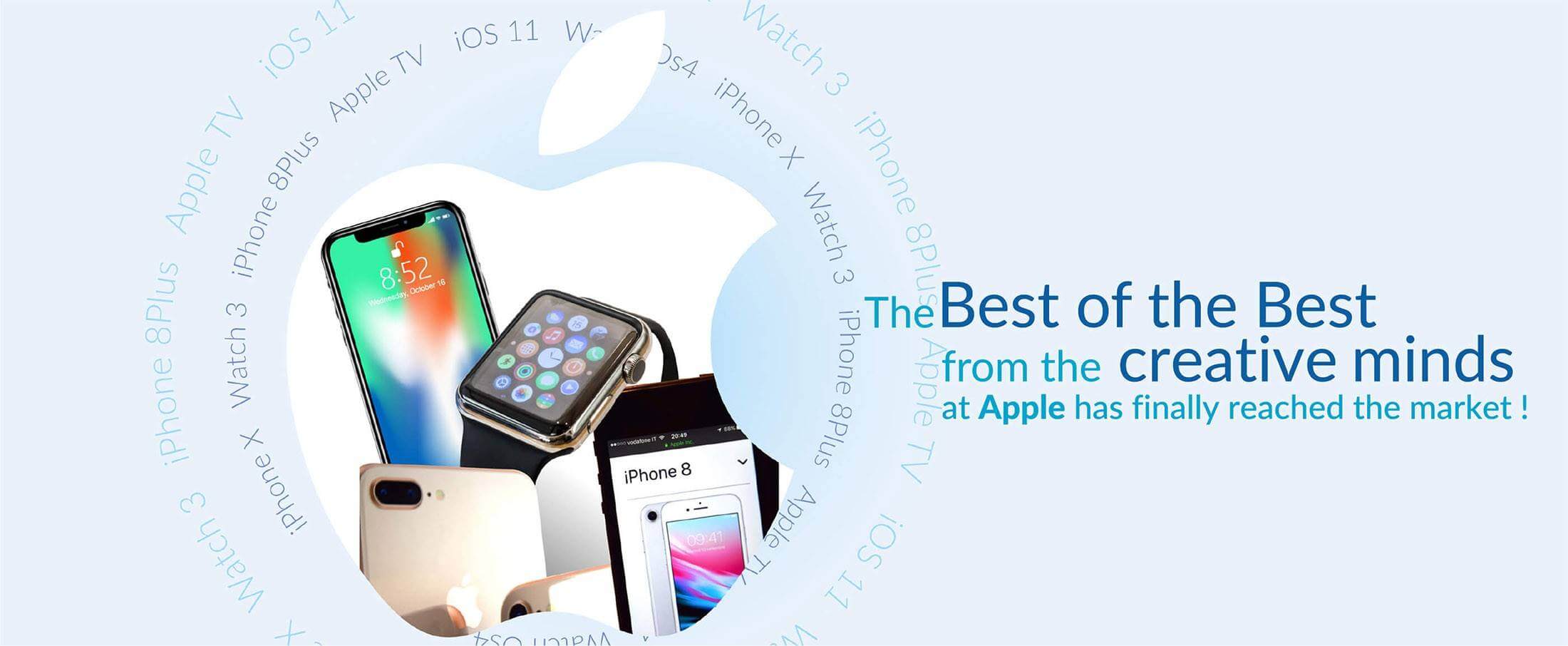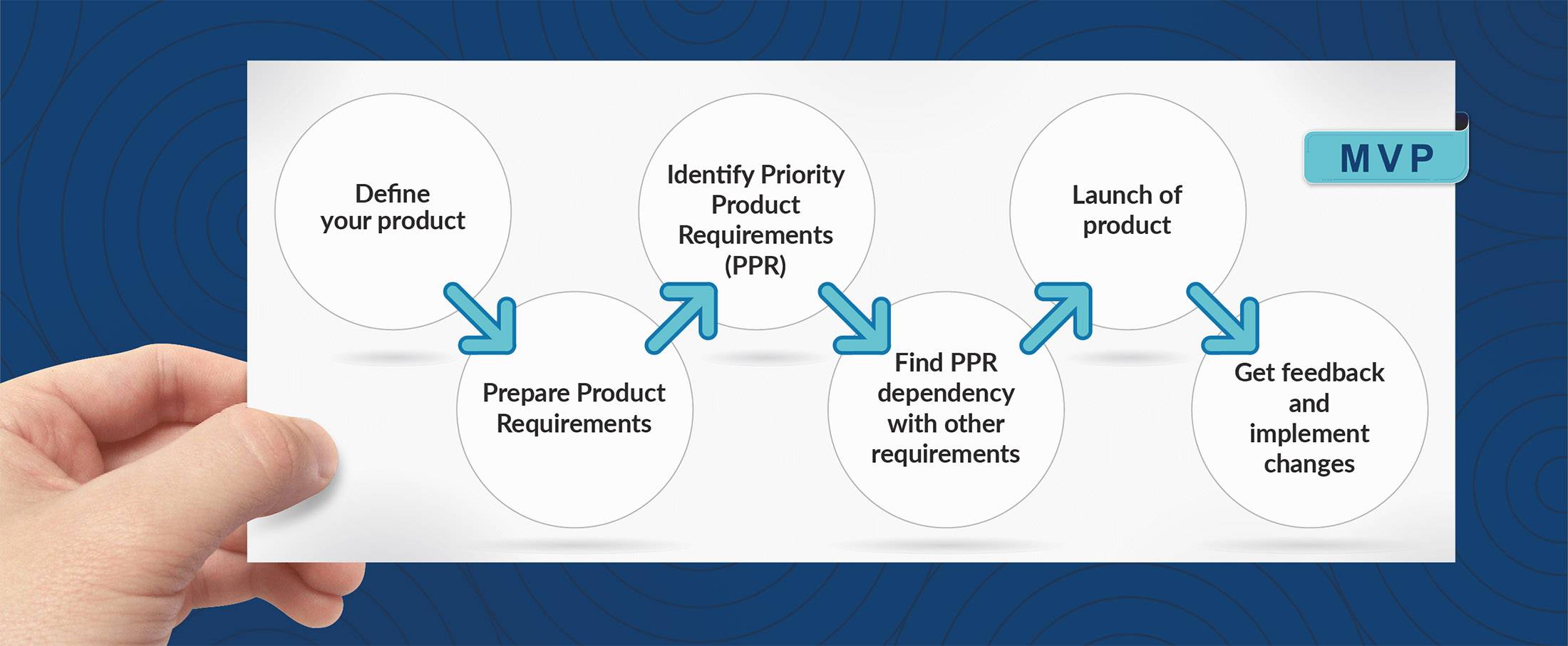Applications of 3D Printing in Healthcare
Applications of 3D Printing in Healthcare
Additive manufacturing or 3D printing as it is commonly known has not only become extremely popular these days but actually has a number of applications in most of the industries these days. Some of the most important applications are currently in the medical and healthcare industry, and there is a lot of scope for using 3D printing for better healthcare and services in the near future. Let us now look at the technology and some of the applications of 3D printing in healthcare that are currently making life better.
Understanding 3D printing
Simply put, 3D printing is a technology using which we can create 3D objects right from scratch. This is made possible by taking a digital image and then creating the object in reality by building it layer by layer. Plastic is generally the most common material to be used, but other materials like metal and ceramics can also be used if and when required.
The main advantage of 3D printing is that it is quick and easy to make the required objects while also allowing for as much detailing as possible. And since most people can use it and it is quite cheap to create an object, designers, manufacturers and engineers with R and D can create prototypes and test their own designs instantly. It is because of these advantages and more that 3D technology has such significant applications in the medical field.
Current and most significant applications
The concept of 3D technology is most compatible with medical technology as the currently available imaging techniques like X-rays, CT scans, MRI etc. can be used to create digital models, which can then be used for 3D printing. This ease of use and practical applicability has propelled the use of this new technology, especially in the following core areas of medicine:
3D printing of organs and organoids
Basically, since 3D printing is done in layers, this technology is very useful in the printing of organs complete with layers of various tissues and blood vessels, etc. Since the various layers and thus components of the object printed can be made in various different materials, the object printed is as near to the actual specimen as possible. This concept of printing artificial organs and tissues and cells etc. has applications in many areas some of which include:
- Research – Researchers can now create artificial tissues and organs to conduct research on cheaper, more available alternatives that can be created in the lab itself in a matter of a few hours if not minutes.
- Education – Availability of a cheaper and easier alternative to actual human organs and tissues has immense application in the field of medical education. Students can learn various branches of medicine like anatomy and surgery without having to actually cut open actual/dead human bodies. This not only makes learning more convenient but in many ways, more humane.
- Surgery Preparation – Finally, one of the most practical applications of 3D printing in the field of medicine is for surgery preparation. There are already numerous real-life circumstances where surgeons were able to easily attempt and successfully complete tough, lengthy and painstaking yet lifesaving procedures more comfortably and in less time with increased success rate due to 3D printing technology. Using the current imaging methods available surgeons were able to print the exact model of the organs, tissues, organ systems, etc. and practice on them which resulted in better preparation on the surgeon’s part and thus better success in real-life.
Custom-made Prosthetics
One of the most current applications of 3D printing in the medical field is in relation to prosthetics. This technology allows for the immediate creation of custom and tailored prosthetic limbs, dentures and even skin that is helping a number of patients live a life of comfort and fulfilment. This concept is currently so successful that we are looking at a future where the creation of artificial organs in a matter of a few hours can become a possibility, thus totally eliminating the year-long wait periods for organ transplants.
The future
3D printing is expected to have continued and better application in the near future. Apart from printing tissues, organs and even organ system, there are other important applications like instant printing of sterile surgical instruments where they can be made as precise and as small as required, printing actual living cells and tissues with bio-matter as ink and many more. Thus, we can say that 3D printing has immense and impactful applications currently and in the very near future!
References
- 3D printing
- Digital Models
- Healthcare
- Organs
- Prosthetics
Mobifilia
26 March 2020
